Are you passionate about farming and agricultural history? These are the must-visit agriculture museums in Germany:
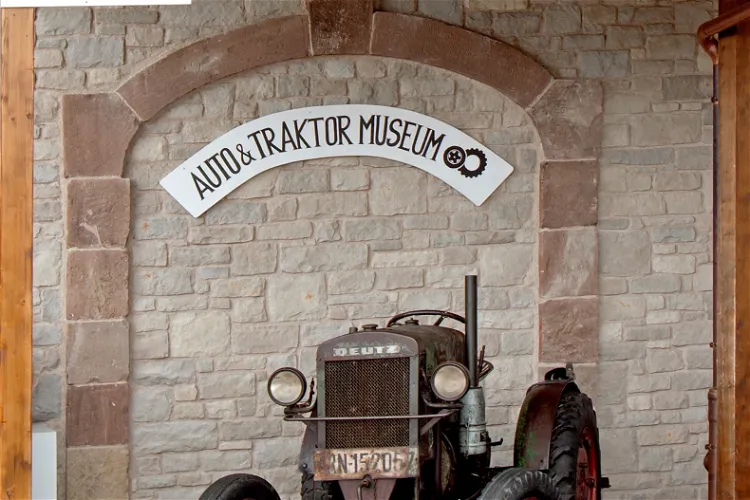
Auto & Traktor Museum
Uhldingen-MühlhofenThe Auto & Tractor Museum in Gebhardsweiler, part of the municipality of Uhldingen-Mühlhofen, houses a collection of 350 vehicles, including cars, motorcycles, and tractors. This extensive collection provides a comprehensive overview of the evolution of urban and rural life over the past century.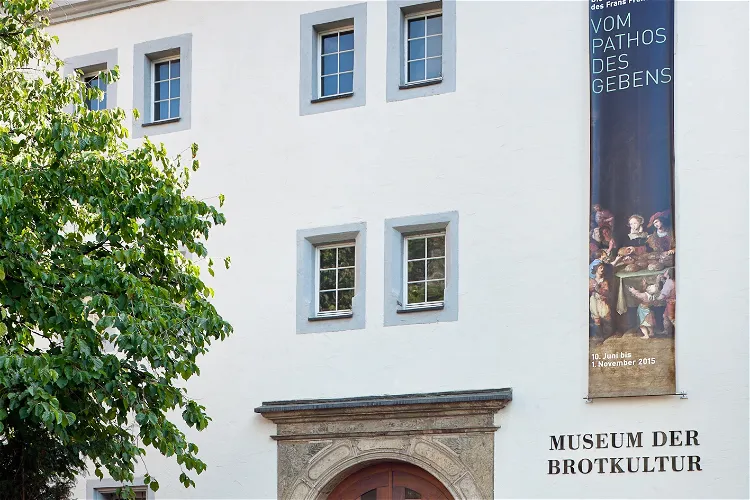
Museum Bread and Art
UlmThe Museum Brot und Kunst – Forum Welternährung in Ulm is a unique knowledge museum that showcases the importance of grain, bread, and culture in human development. It provides a comprehensive understanding of the natural, technical, and social historical aspects of bread production, as well as the symbolism of bread as a metaphor for life in Jewish-Christian thought.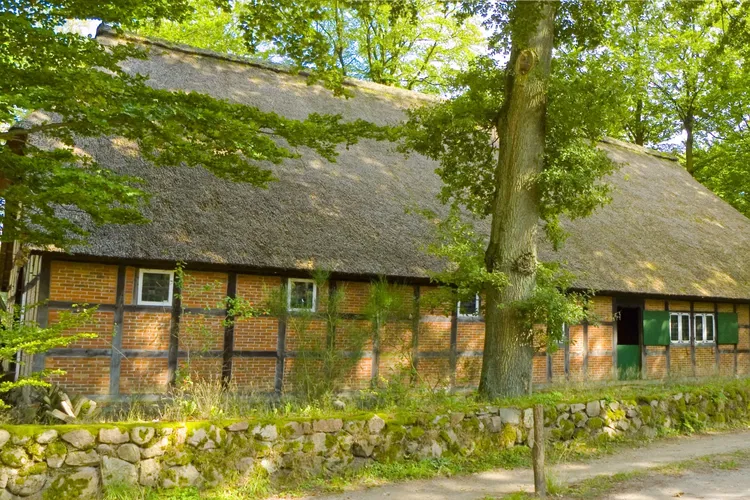
Dat ole Huus
WilsedeHeidemuseum Dat ole Huus, located in Wilsede, Lower Saxony, is a local history museum that was established in 1907. This makes it one of the oldest open-air museums in Germany, offering a unique insight into the country's past. The museum is operated by the Naturschutzpark e. V. (VNP) and its foundation, the Naturschutzpark Lüneburger Heide.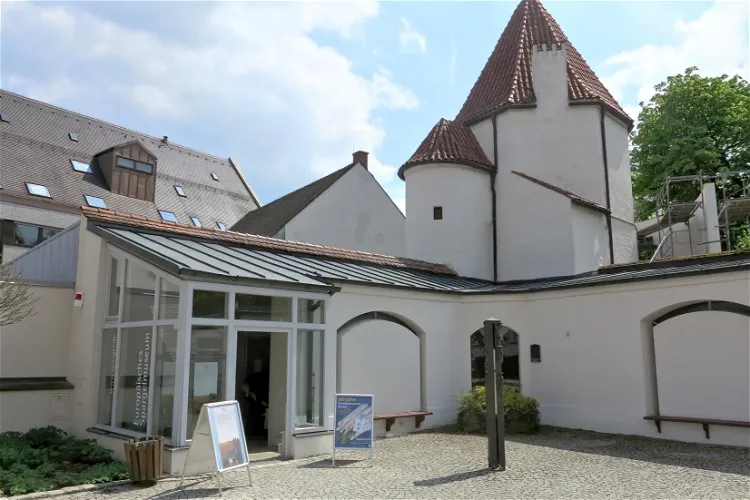
European Asparagus Museum
SchrobenhausenThe European Asparagus Museum is housed in the former Amtsturm, a two-story building that was part of the medieval city wall. Located in the southwest of the old town, the museum's location adds to its charm and historical significance, providing visitors with a unique backdrop to their exploration of the world of asparagus.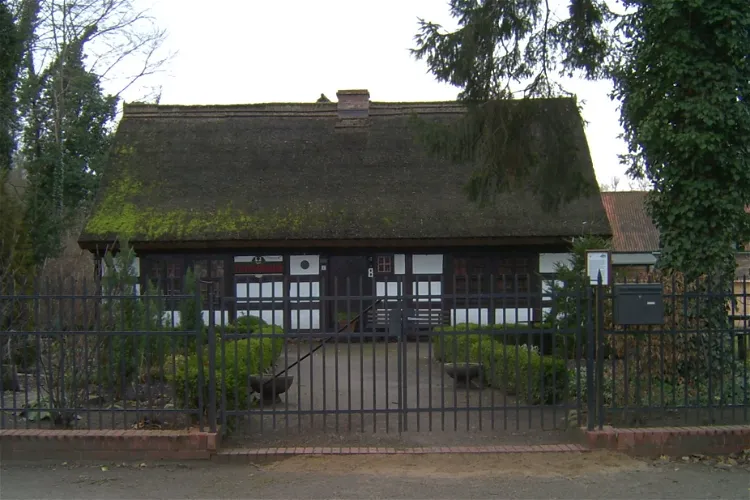
Heimathaus Schöneiche
Schöneiche bei BerlinThe Heimathaus Schöneiche is a significant monument and the oldest preserved residential building in Schöneiche bei Berlin. It is located in the quaint area of Kleinschönebeck, specifically at Dorfaue 8. This historical site offers a glimpse into the architectural and residential history of the region, making it a point of interest for those keen on exploring the past.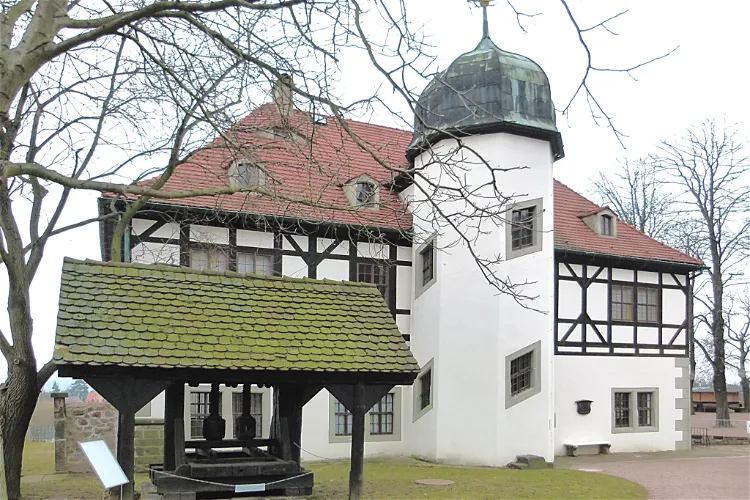
Sächsische Weinbaumuseum
RadebeulThe Berg and Lusthaus Hoflönitz, located in Radebeul Oberlönitz, is the primary structure of the former royal Saxon vineyard, Hoflönitz, which is now municipally owned. This historic building has a rich history and is a significant part of the vineyard.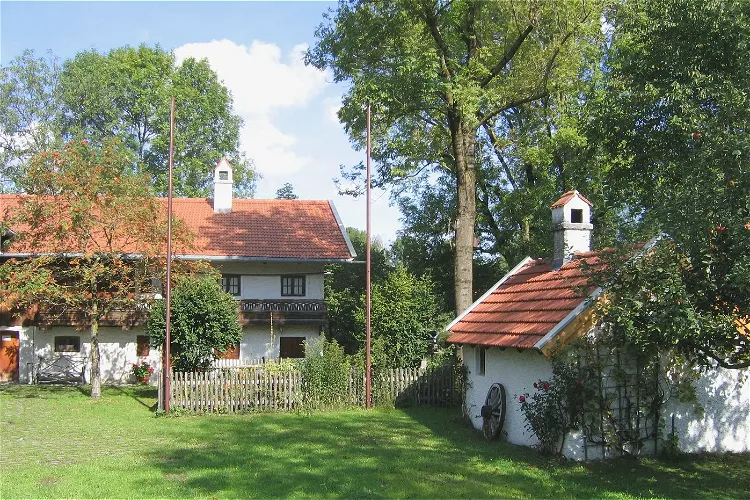
Wolfschneiderhof
TaufkirchenThe Wolfschneiderhof Museum is a significant cultural institution located in the municipality of Taufkirchen, near Munich. It serves as a representation of the local history and culture, providing visitors with an opportunity to learn about the region's past.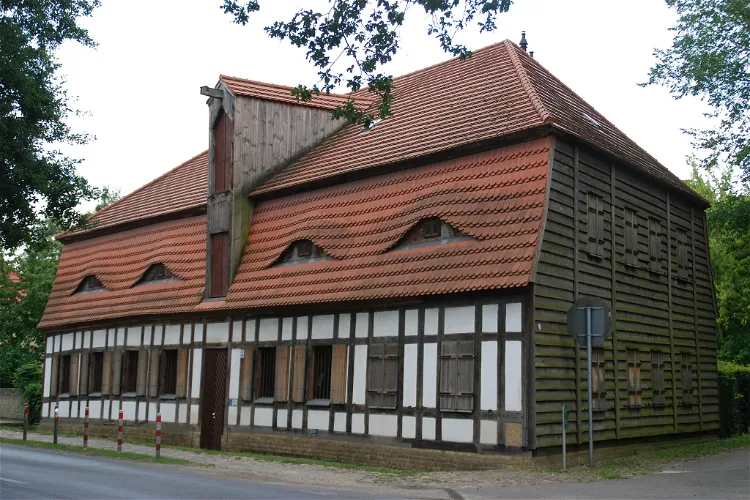
Raufutterspeicher
Schöneiche bei BerlinThe Raufutterspeicher Schöneiche is a baroque-style half-timbered house with three floors: ground, upper, and attic (mansard roof). The upper part of the roof is covered with slate, while the lower part is covered with beaver tails. The grain was stored on the upper floor and transported up via a lift, and down via a chute, which is still preserved. This architectural design provides a glimpse into the historical agricultural practices of the region.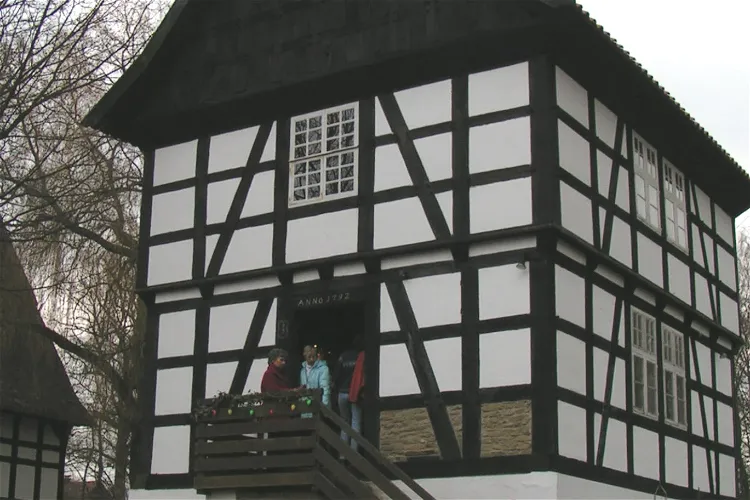
Museumshof Bad Oeynhausen
Bad OeynhausenThe Museumshof Bad Oeynhausen, a local museum in the East Westphalian spa town, was inaugurated in 1969. This museum serves as a testament to the rich history and culture of the region, providing visitors with a glimpse into the past.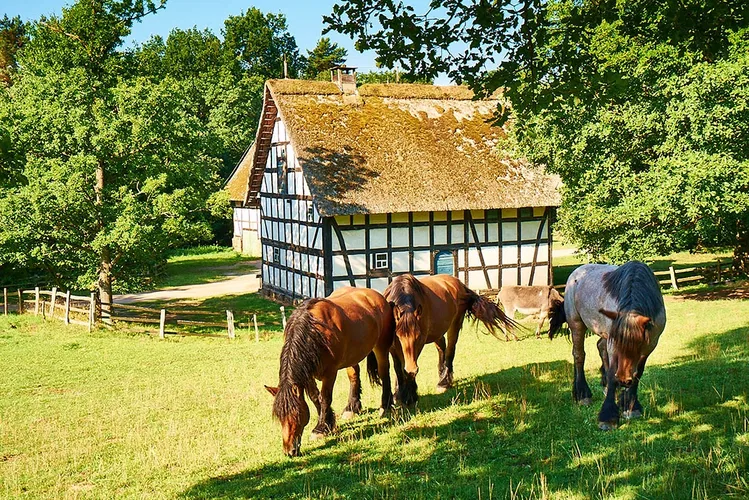
Kommern Open Air Museum
MechernichThe Kommern Open Air Museum, located in Kommern/Eifel, is recognized as one of the largest open air museums in Europe. It spans an impressive area of over 95 hectares and showcases approximately 67 historic buildings that originate from the Prussian Rhine Province. The museum is operated by the Rhineland Regional Association (Landschaftsverband Rheinland, LVR).
Hohenloher Freilandmuseum
Schwäbisch HallThe Hohenloher Freilandmuseum Wackershofen is a regional open-air museum located in the hamlet of Wackershofen, part of Schwäbisch Hall. Opened in 1983, the museum showcases old buildings from the northeast of Baden-Württemberg, primarily from the districts of Hohenlohe and Schwäbisch Hall. It also features structures from the Main-Tauber district, the Heilbronn district, the Rems-Murr and Ostalbkreis, as well as the districts of Heidenheim and Ludwigsburg.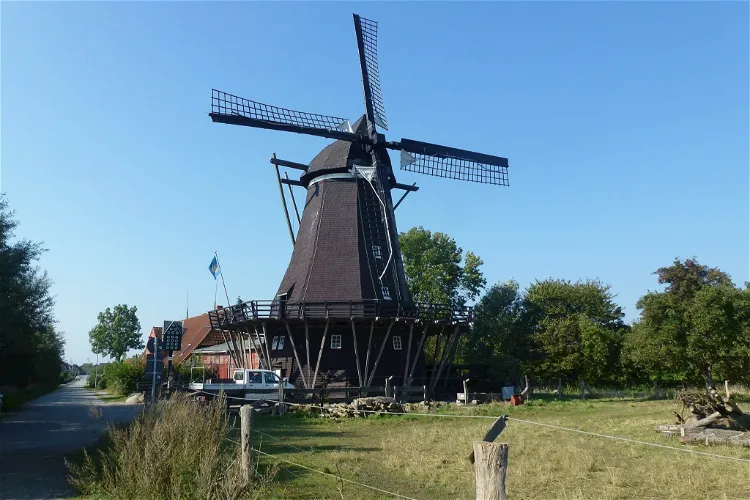
Mühlenmuseum Lemkenhafen
FehmarnThe Mühlenmuseum Lemkenhafen is situated in the historic sail windmill, 'Jachen Flünk', in Lemkenhafen on the island of Fehmarn, in the district of Ostholstein, Schleswig-Holstein. This location offers a unique opportunity to explore a piece of history in a picturesque setting.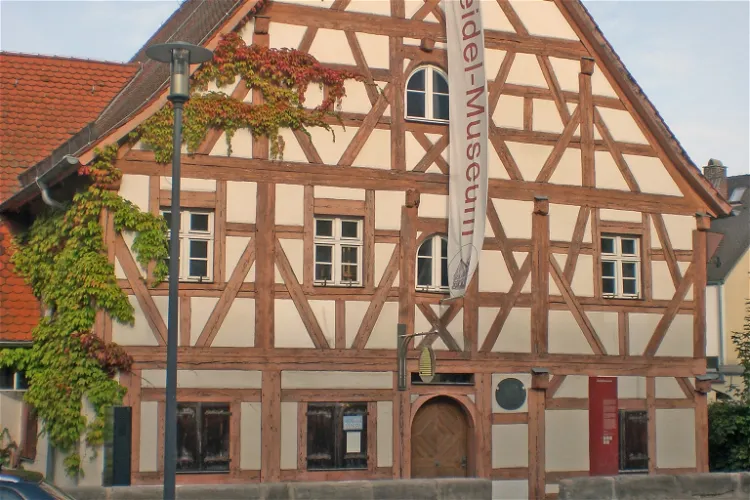
Zeidelmuseum
FeuchtThe Zeidelmuseum, established in 1986, is a beekeeping museum situated in the former Hutzlerhaus in Feucht. This location was chosen due to Feucht's historical significance as a center for beekeeping since the Middle Ages. The museum offers a unique insight into the history and techniques of beekeeping, making it an interesting destination for those interested in history, nature, and beekeeping.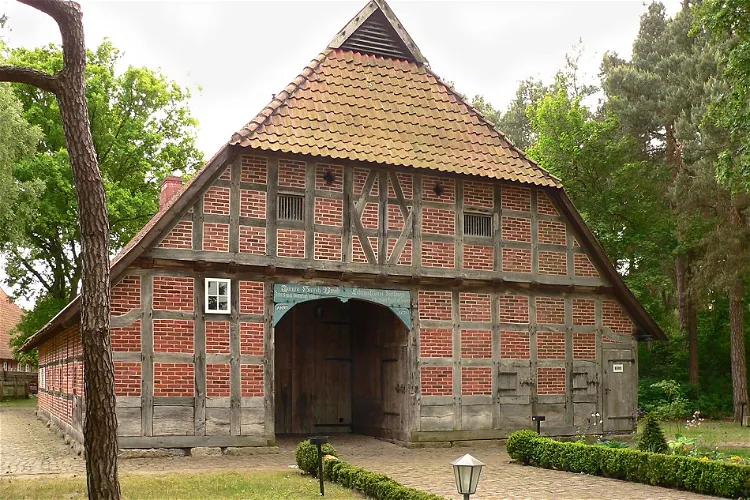
Winsen Museum Farm
Winsen (Aller)The Winsen Museum Farm, located in Winsen (Aller) in the north German state of Lower Saxony, is an open-air museum that was established in 1982. It offers a unique opportunity to explore the history and culture of the region, with a variety of buildings and exhibits that reflect the area's rural past.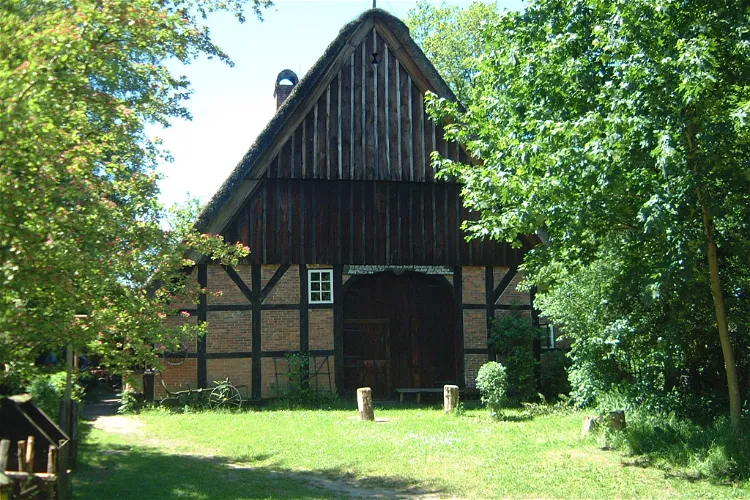
Dat ole Hus
BünzenThe museum is open to the public all year round on Saturdays and Sundays, as well as on holidays from 2 pm to 6 pm. This makes it a convenient destination for weekend and holiday visits. Visitors can explore the museum at their own pace, taking in the rich history and culture that it has to offer.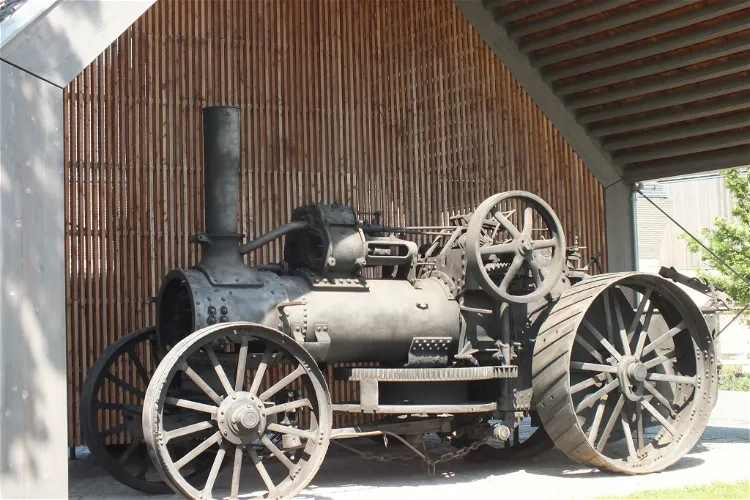
Barnim Panorama
WandlitzThe Barnim Panorama, located in Wandlitz, serves as both an agricultural museum and a visitor center for the Barnim Nature Park. It was established in September 2013, combining the Agrarmuseum Wandlitz and the Naturparkzentrum Barnim. The museum houses the largest collection of agricultural history in Brandenburg, providing insights into the two-hundred-year history of Brandenburg's agriculture.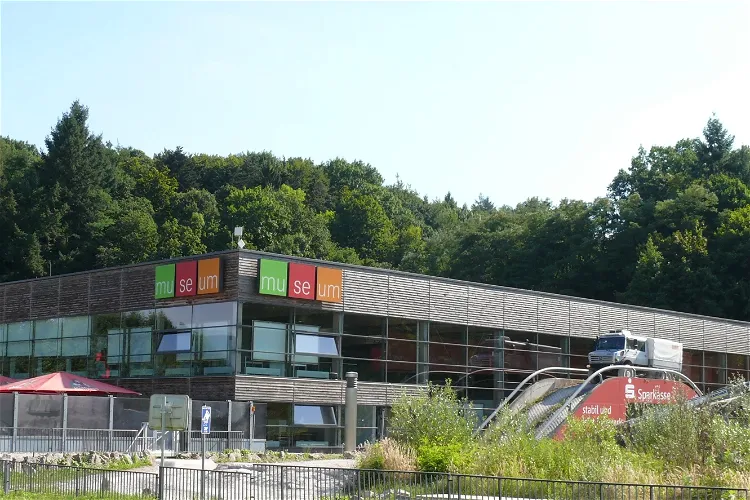
Unimog Museum
GaggenauThe Unimog Museum in Gaggenau, Germany, offers a comprehensive historical overview of Unimog's off-road vehicles. Visitors can explore various vehicles from the entire production history, learning about the unique features and evolution of these robust machines. The museum's collection provides a deep dive into the world of Unimog, making it an interesting destination for automobile enthusiasts and history buffs alike.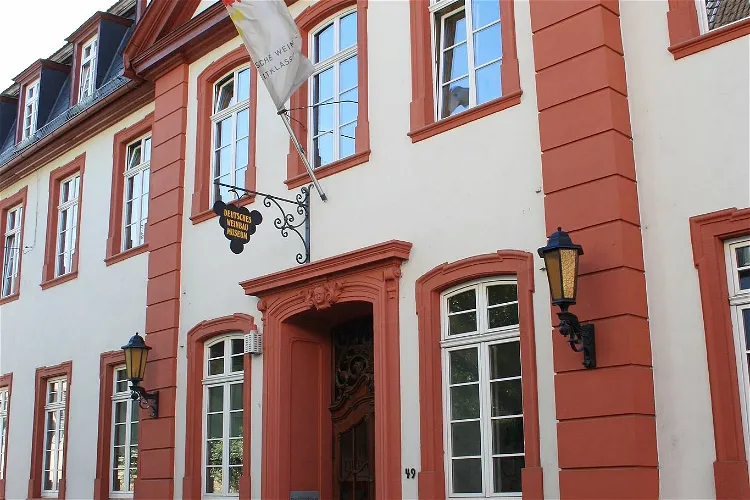
Deutsches Weinbaumuseum
OppenheimThe Deutsches Weinbaumuseum, located in Oppenheim, is a national German museum that offers a comprehensive view of the country's wine culture. It showcases exhibits from all 13 German quality wine-growing regions, providing a unique opportunity for visitors to explore the rich history and diversity of German viticulture in one place.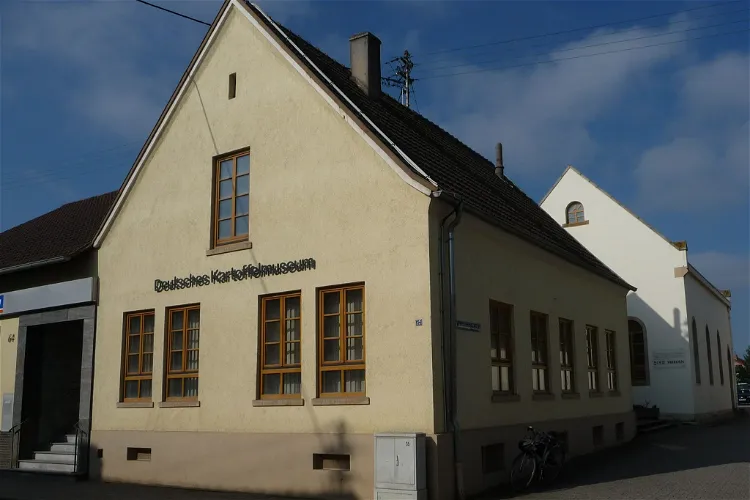
Deutsches Kartoffelmuseum
FußgönheimThe Deutsches Kartoffelmuseum in Fußgönheim is one of three potato museums in Germany. The other two are located in Munich and Stremlow. This museum offers a unique opportunity to learn about the history, cultivation, and distribution of potatoes, particularly in the Pfalz and Prussia regions.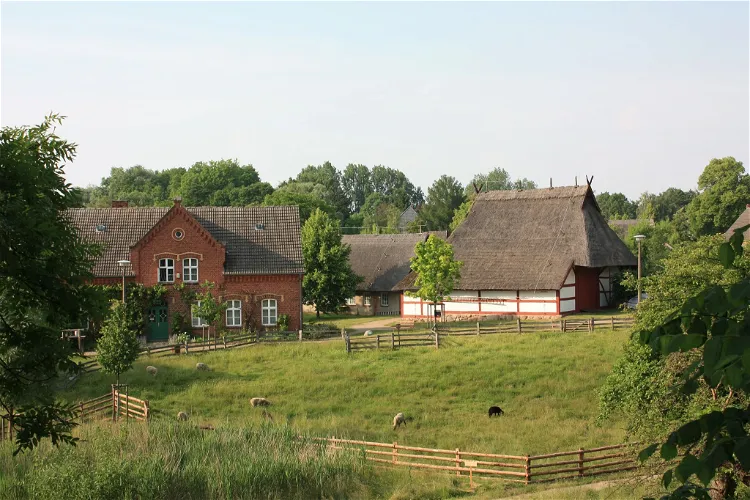
Open Air Museum of Ethnography Schwerin Mueß
SchwerinThe Open Air Museum Schwerin-Mueß is situated in the former fishing and farming village of Mueß, which was incorporated into the city of Schwerin in 1936. This location provides a unique historical context for the museum, as it is directly on the southern shore of Lake Schwerin. The museum's setting in a traditional village environment enhances the authenticity of the exhibits and provides a real sense of the rural life in Mecklenburg from the 17th to the early 20th century.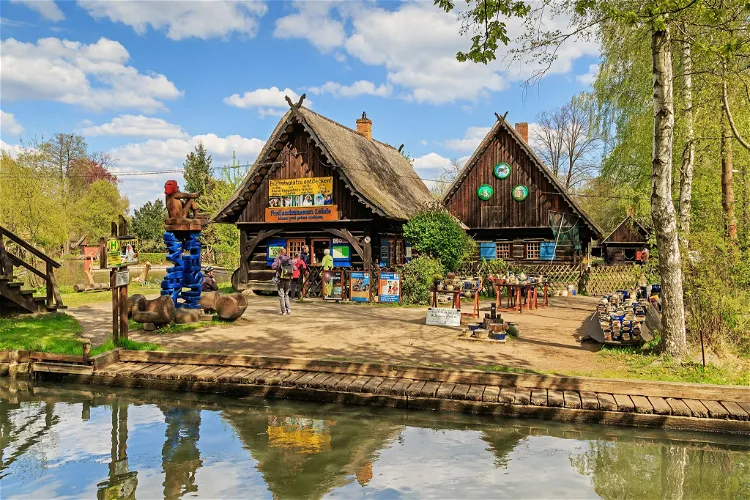
Freilandmuseum Lehde
Lübbenau/SpreewaldThe Freilandmuseum Lehde is an open-air museum located in Lehde. It is dedicated to showcasing life in the Spreewald region during the 19th century. Visitors can get a glimpse of the past and understand the lifestyle, culture, and traditions of the people who lived in this region during that time.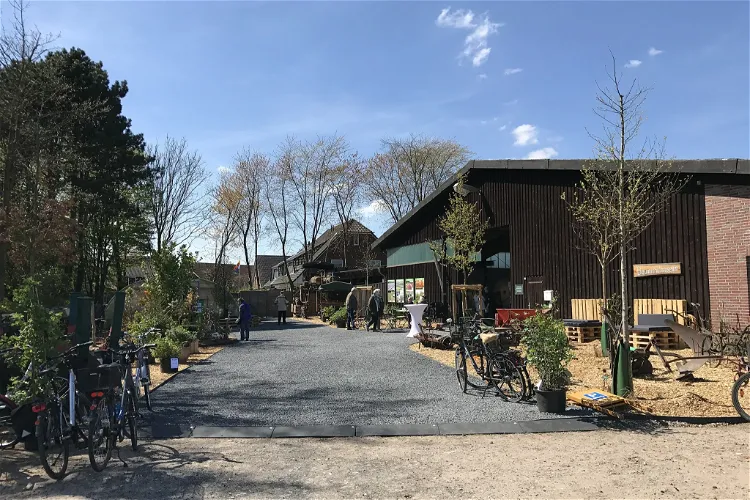
Deutsches Baumschulmuseum
PinnebergThe Deutsches Baumschulmuseum, located in Pinneberg, Schleswig-Holstein, is a unique institution in the German-speaking region. It is dedicated to the nursery economy, providing a deep dive into the industry's history, practices, and significance. The museum is situated in one of the world's largest contiguous nursery areas, making it a fitting location for such a specialized institution.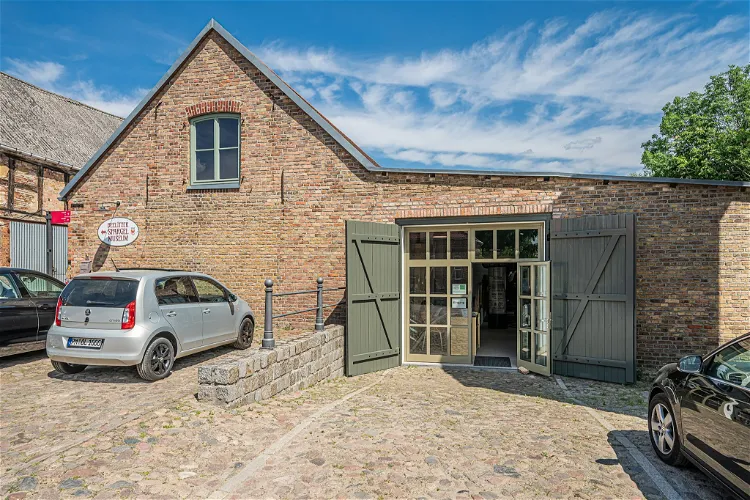
Spargelmuseum
BeelitzThe Spargelmuseum Beelitz is situated in the historic old town of Beelitz, specifically in Mauerstraße. This location is steeped in history and provides a unique backdrop for the museum. Visitors can immerse themselves in the rich history of the area while learning about the cultivation and significance of asparagus.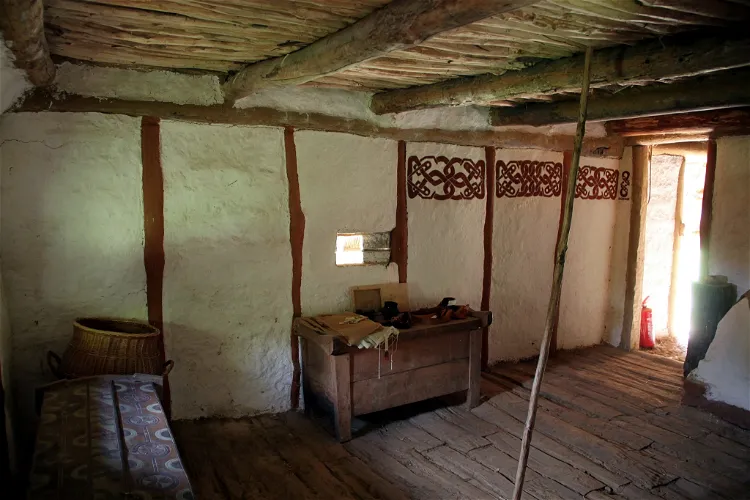
Bajuwarenhof Kirchheim - Freilichtmuseum bei München
HeimstettenThe Bajuwarenhof Kirchheim is an archaeological open-air museum situated in the municipality of Kirchheim near Munich. This museum offers a unique opportunity to explore the rural life and work environment of the 6th and 7th centuries AD. It was established in the winter of 2003 and was Kirchheim's official contribution to the 2005 Federal Horticultural Show.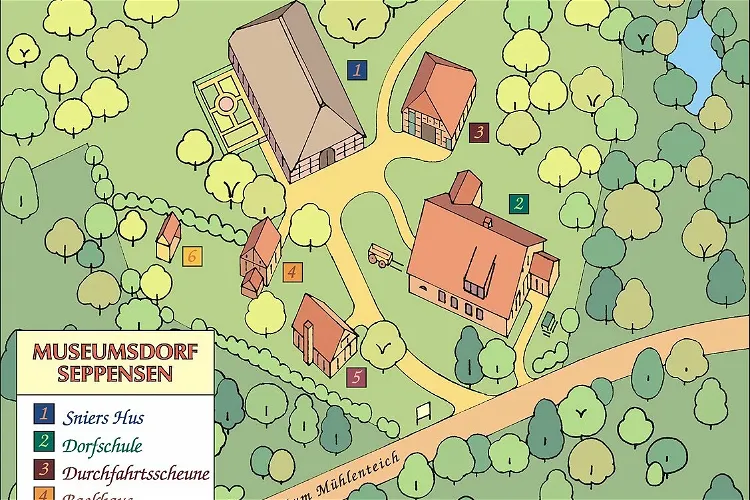
Museumsdorf Seppensen
Buchholz in der NordheideThe Museumsdorf Seppensen is an open-air museum located in Buchholz - Seppensen. The museum features a central village square surrounded by four half-timbered houses, a brick house, and a bee stand. This setup provides a unique insight into the historical architecture and lifestyle of the region.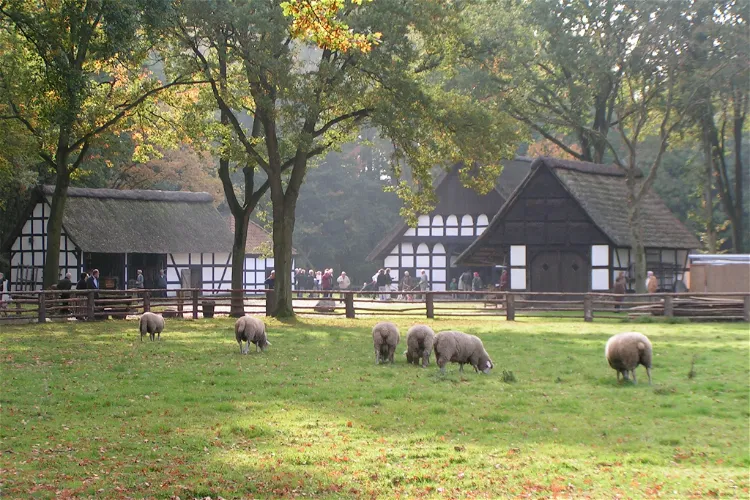
Museumshof Rahden
RahdenMuseumshof Rahden is an open-air museum situated in the city of Rahden, within the Ostwestfalen district of Minden-Lübbecke in North Rhine-Westphalia. This location provides a unique cultural experience, offering a glimpse into the regional rural lifestyle of the 19th century.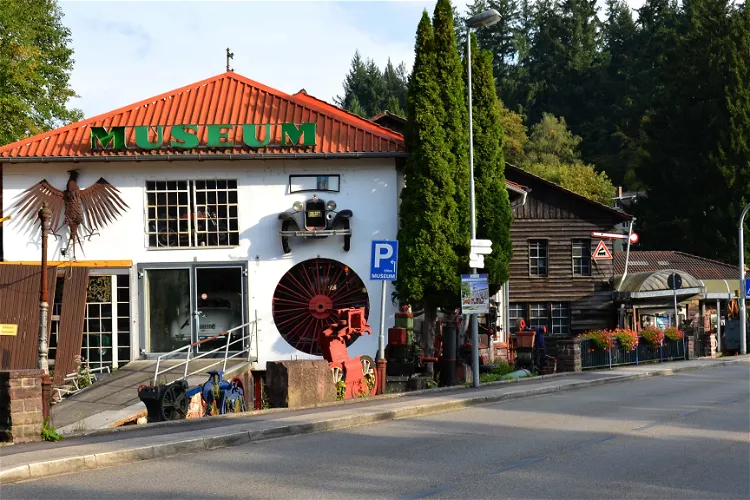
Fahrzeugmuseum Marxzell
MarxzellThe Fahrzeugmuseum Marxzell, located in Marxzell near Karlsruhe, is a private transport and technology museum. It boasts an impressive exhibition space of over 3600 square meters, making it a spacious venue for visitors to explore and learn about the history of transportation and technology.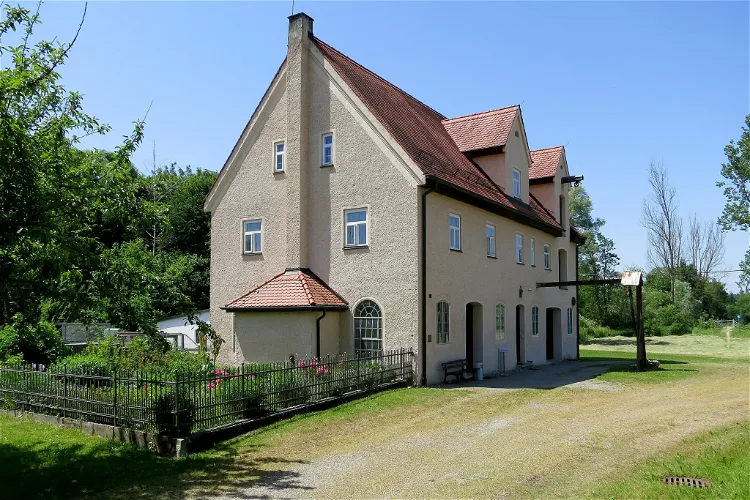
Museum Hammerschmiede und Stockerhof
Neuburg an der KammelThe Hammerschmiede Naichen, located in Naichen, a district of Neuburg an der Kammel in the Günzburg district in Bavaria, is a technical historical monument. Since 1990, it has been open to the public as a museum, offering visitors a glimpse into the past and the opportunity to learn about the history and technology of the time.
Bauernhofmuseum Jexhof
SchöngeisingThe Bauernhofmuseum Jexhof is a farm museum situated in the southern part of the Fürstenfeldbruck District, in Bavaria, Germany. It is approximately 700 meters southeast of the district road FFB 7, which runs from Schöngeising to Mauern. This location makes it easily accessible for tourists visiting the area.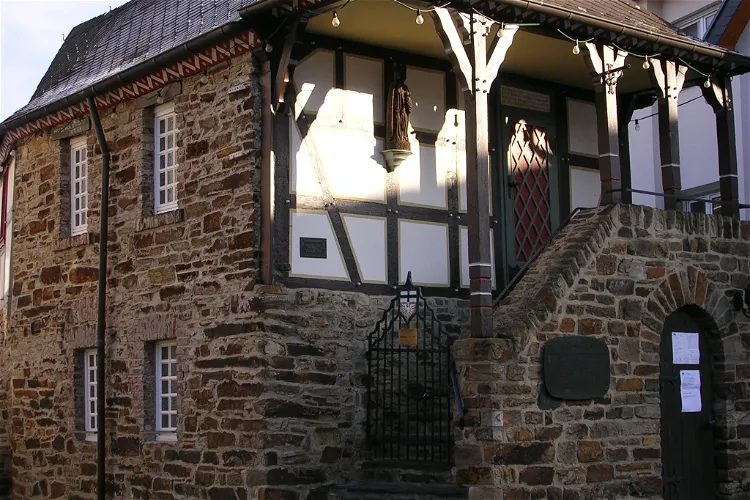
Weinmuseum Bachem
Bad Neuenahr-AhrweilerThe Weinmuseum Bachem is a small wine museum situated in a historic building at Königstraße 23 in Bachem, a district of the city Bad Neuenahr-Ahrweiler in Rhineland-Palatinate. Established in 1978, the museum offers a unique insight into the history and culture of wine production in the region.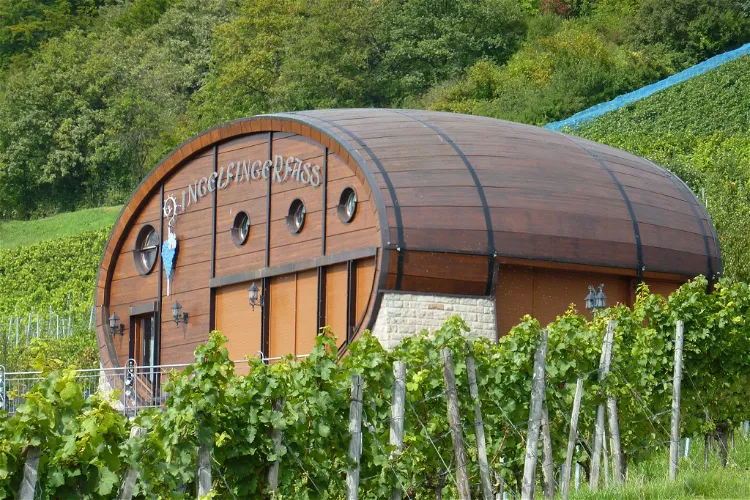
Ingelfinger Fass
IngelfingenThe Ingelfinger Fass is a unique wine museum located in Ingelfingen, in the Hohenlohe district of Baden-Württemberg. It is shaped like a barrel and is considered the second largest wooden barrel in Europe. This distinctive feature makes it a notable point of interest for tourists visiting the region.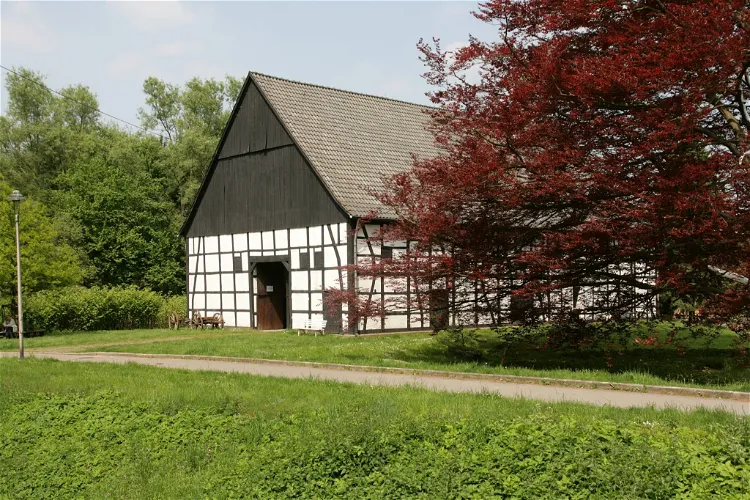
Bauernhausmuseum der Stadt Bochum
HattingenThe Bauernhausmuseum der Stadt Bochum is situated in close proximity to the Wasserburg Haus Kemnade in Hattingen. This location makes it an ideal destination for tourists who are interested in exploring the historical and cultural aspects of the region. The museum is easily accessible and offers a unique insight into the rural life of the 18th century.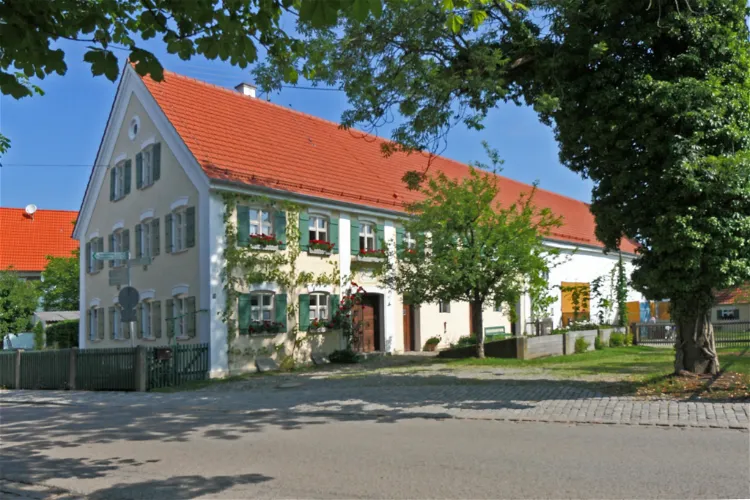
Kreisheimatstube Stoffenried
StoffenriedThe Kreisheimatstube Stoffenried is a quaint open-air museum nestled in the town of Stoffenried. It is conveniently located halfway between the towns of Krumbach and Günzburg, making it an accessible destination for tourists traveling in the region.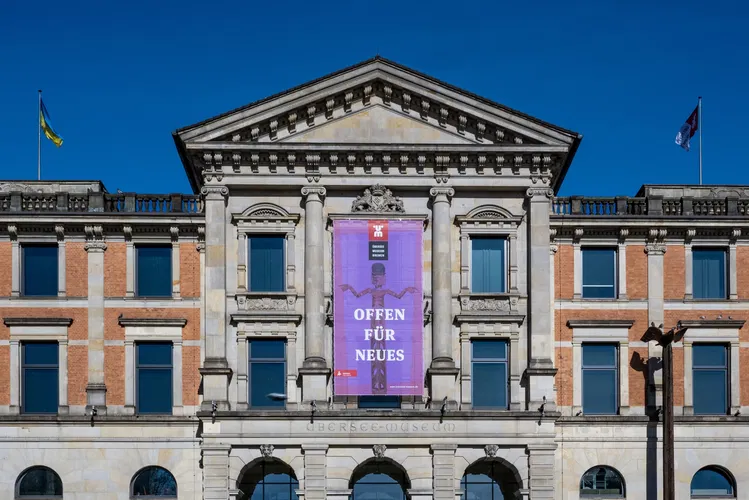
Übersee-Museum
BremenThe diversity of the world under one roof: the Übersee-Museum presents the cultural and natural regions of our planet on over 10,000 square meters. The visit takes you from Asia with its legendary Silk Road to the African savannah and the Americas. The exhibition “Experience what moves the world” de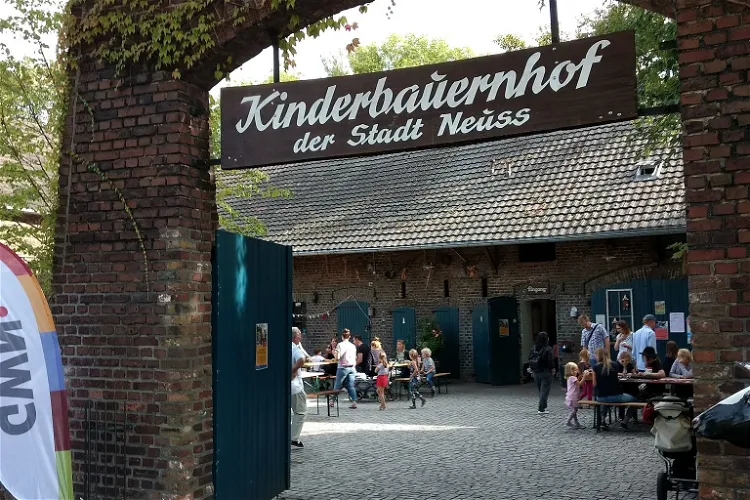
Kinderbauernhof Neuss
NeussThe Kinderbauernhof Neuss is a project that was established in 1978. It is situated in the Selikumer Park, within the recreational area of Reuschenberger Busch in Neuss - Selikum. This location offers a serene and natural environment, making it an ideal place for visitors who are looking for a peaceful and relaxing experience.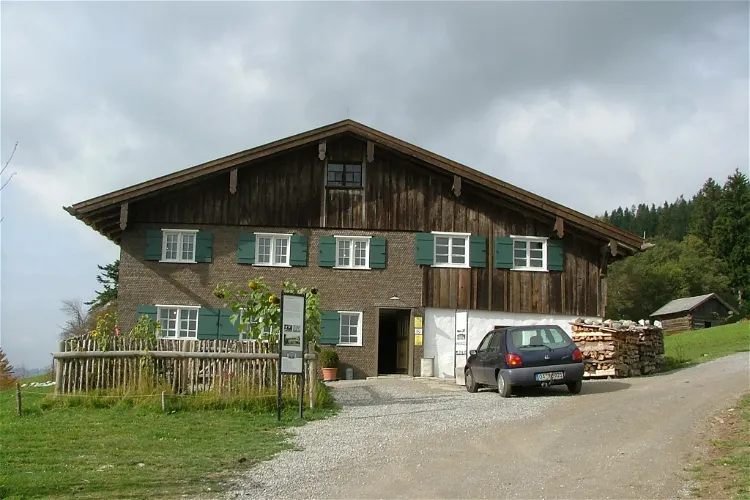
Allgäuer Bergbauernmuseum
Immenstadt im AllgäuThe Allgäuer Bergbauernmuseum is made up of several buildings that collectively document rural life. The museum includes several animal stables, a herb garden, an alpine pasture, and a mountain farm. These elements provide a comprehensive view of rural life and offer visitors a chance to explore and understand the historical and current practices of rural living.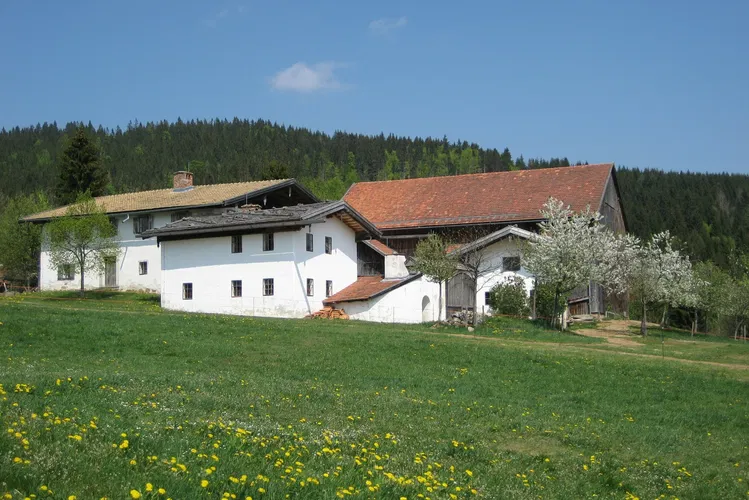
Lower Bavarian Open-Air Museums
FinsterauThe Finsterau Open-Air Museum, situated in the municipality of Mauth on the outskirts of the village of Finsterau in the Bavarian Forest near the Czech border, offers a rich display of rural architecture. The museum features farmhouses, complete farmsteads, a village smithy, and a roadside inn from across the Bavarian Forest. These exhibits provide a comprehensive view of the historical rural life in this region.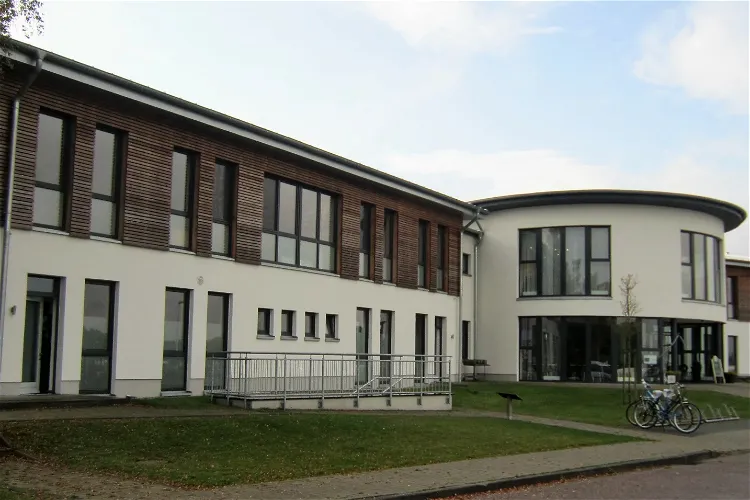
MOORWELTEN
StröhenThe European Specialist Centre for Moor and Climate (EFMK) is a multifaceted entity that operates as a society, oversees various projects, and runs an exhibition and administration centre. This centre, located in Ströhen in the Diepholz Moorland in Lower Saxony, is more commonly known to the public as Moorwelten. It serves as a hub for information and activities related to moor and climate protection.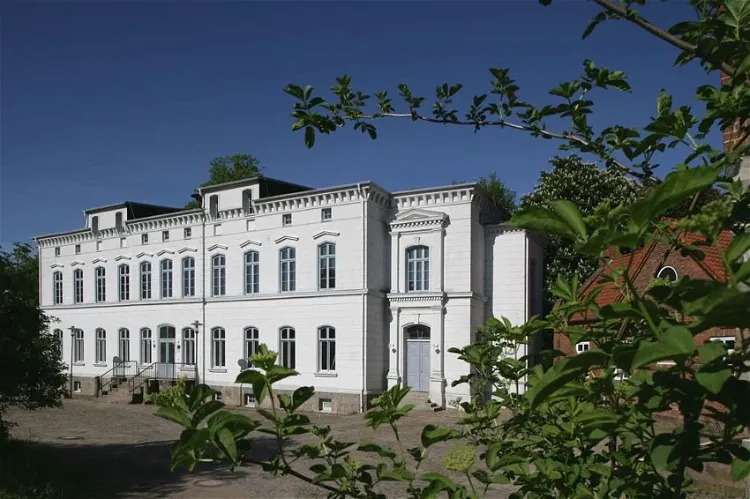
MehlWelten Museum Wittenburg
WittenburgThe MehlWelten Museum in Wittenburg, Mecklenburg-Vorpommern, is a privately-run institution that showcases a unique collection of almost 4,000 flour sacks. These sacks have been collected from 150 countries across all continents, making it a truly global representation of this everyday item. The museum provides an interesting insight into the cultural and historical aspects of flour and its production.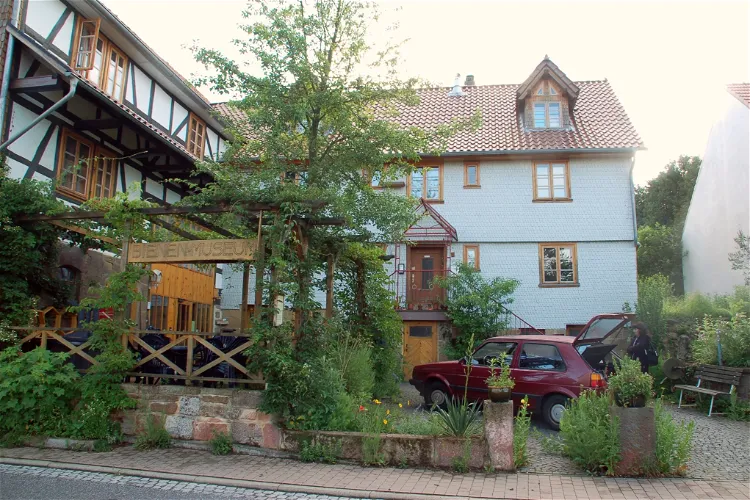
Lebendiges Bienenmuseum Knüllwald
NiederbeisheimThe Lebendiges Bienenmuseum Knüllwald is a privately established museum situated in the district of Niederbeisheim in the municipality of Knüllwald, in the Schwalm-Eder district of northern Hesse. It is approximately 40 km south of Kassel. This location makes it a convenient destination for tourists visiting the region.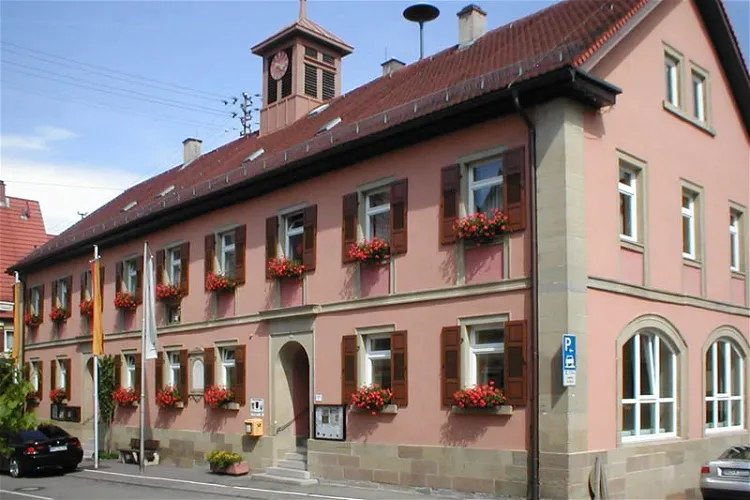
Weinbaustube Kleingartach
EppingenThe Weinbaustube Kleingartach is a small museum located in Kleingartach, a district of Eppingen in the Heilbronn district of Baden-Württemberg. Established in 2007, the museum is dedicated to the history of viticulture in the town. It provides an insight into the local wine production and the historical context of the region.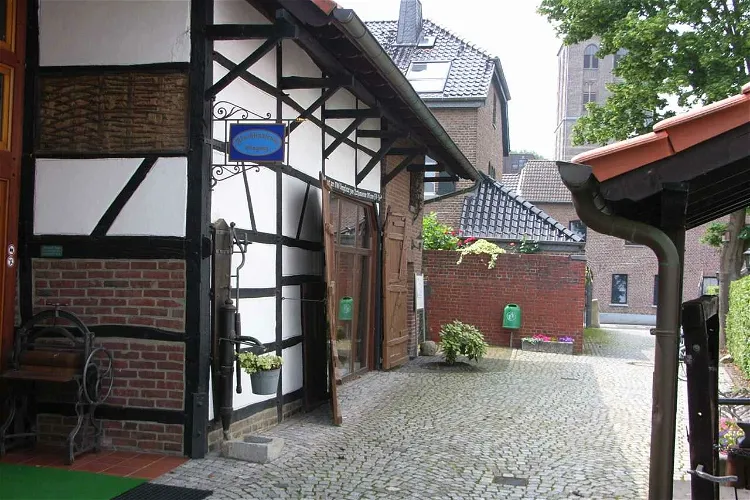
Flachsmuseum
WegbergThe Beecker Flax Museum, situated at Holtumer Straße 19a in Beeck near Wegberg, is a unique institution dedicated to the cultivation and use of flax. The museum provides an in-depth look into the various stages of flax production, from sowing the seeds to the final textile product. It offers a fascinating insight into the historical significance of flax in the region's agriculture and textile industry.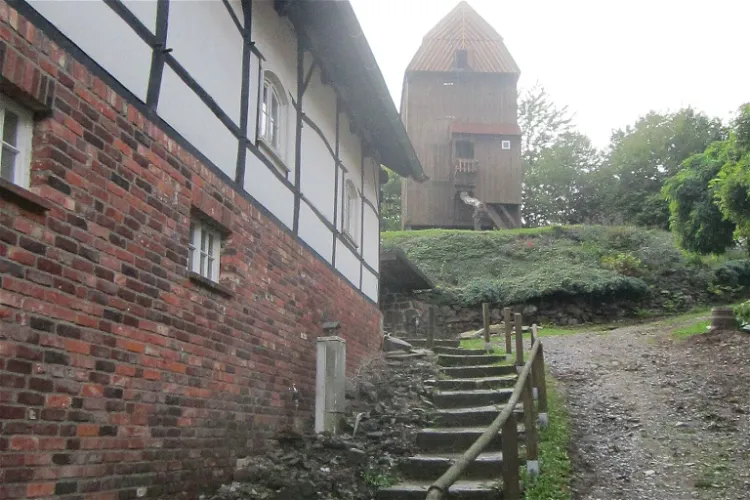
Mühlenhof Breckerfeld
BreckerfeldThe Mühlenhof Breckerfeld is a historical ensemble of buildings located in Breckerfeld, North Rhine-Westphalia. This unique collection includes a relocated post mill, a baking storage, a grain storage, a bee house, a bakery, a farmhouse, and a coffee shop with a farm shop. Each of these structures contributes to the overall historical and cultural significance of the site, offering visitors a glimpse into the past.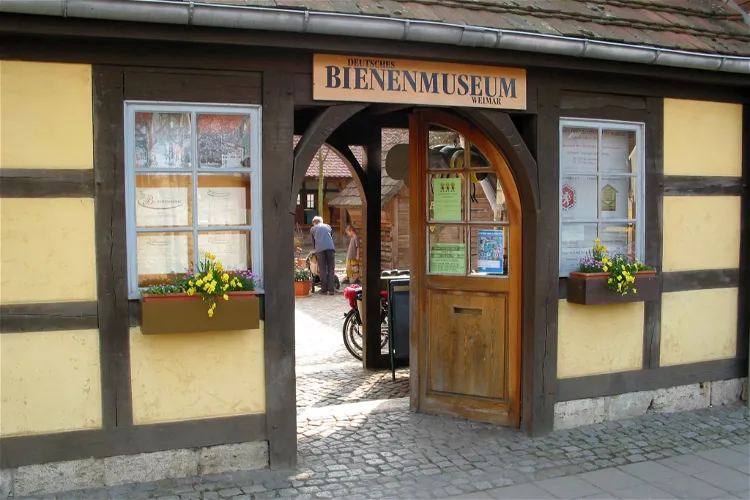
German Bee Museum Weimar
WeimarThe German Bee Museum Weimar, founded in 1907 by Ferdinand Gerstung, offers a deep dive into the world of beekeeping. Gerstung, also known as the 'Bee Father', established the museum to educate and inform about the various aspects of beekeeping. The museum's rich history adds to its charm and appeal for visitors.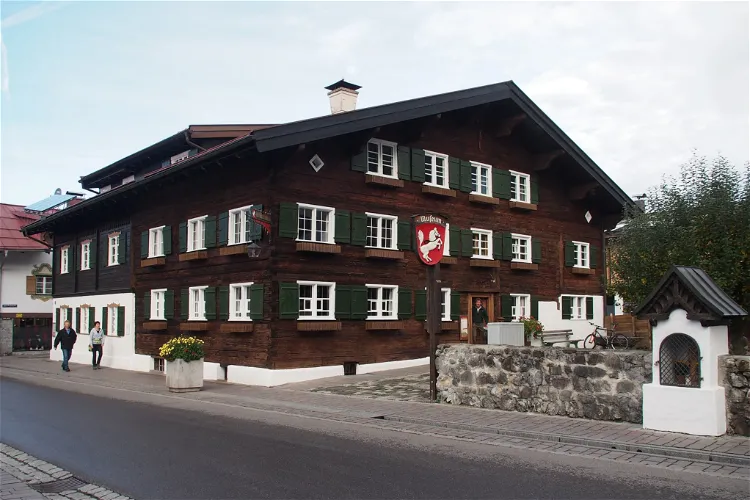
Heimatmuseum Oberstdorf
OberstdorfThe Heimatmuseum in Oberstdorf is housed in the Köcherlerhaus, a farmhouse that was built in 1620. This building is one of the few in the town center that survived a major fire in 1865. This historical context adds a layer of intrigue and resilience to the museum, making it a fascinating place to visit for those interested in local history.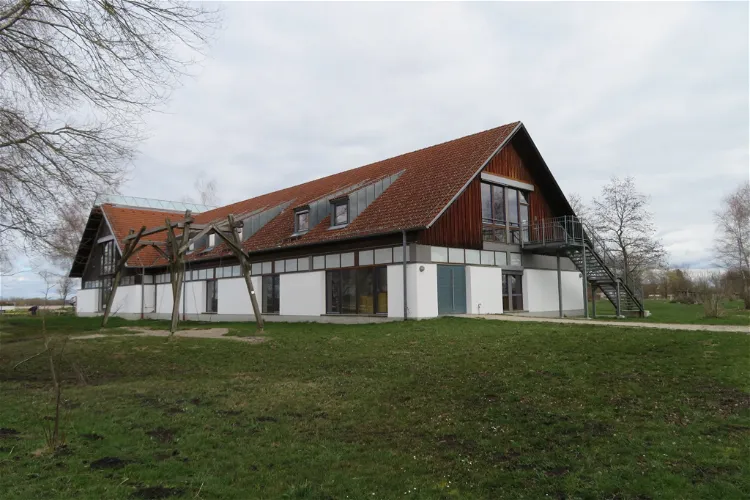
Haus im Moos
KleinhohenriedThe Haus im Moos in Kleinhohenried is a unique combination of a museum, educational center, and conference facility. Opened in 1998, it offers a rich insight into the history and culture of the Donaumoos region. The museum documents the struggle of the colonists for the drainage and cultivation of the moor, which began in the late 18th century. It is an ideal destination for those interested in history, culture, and nature.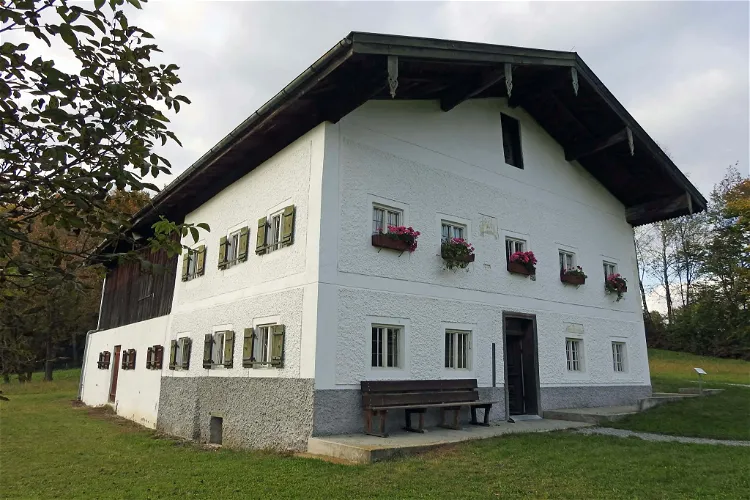
Bauernhausmuseum Amerang
AmerangThe Bauernhausmuseum Amerang is an open-air museum situated in the scenic Chiemgau region of Upper Bavaria, on the outskirts of the town of Amerang. This location offers visitors a unique opportunity to explore the rich history and culture of the region in a picturesque setting.
Deutsches Traktoren und Modellauto Museum
PaderbornThe Deutsches Traktoren und Modellauto Museum, located in Paderborn, has been welcoming visitors since 1998. This museum is a testament to the history of tractors and model cars, offering a unique insight into the evolution of these machines over the years.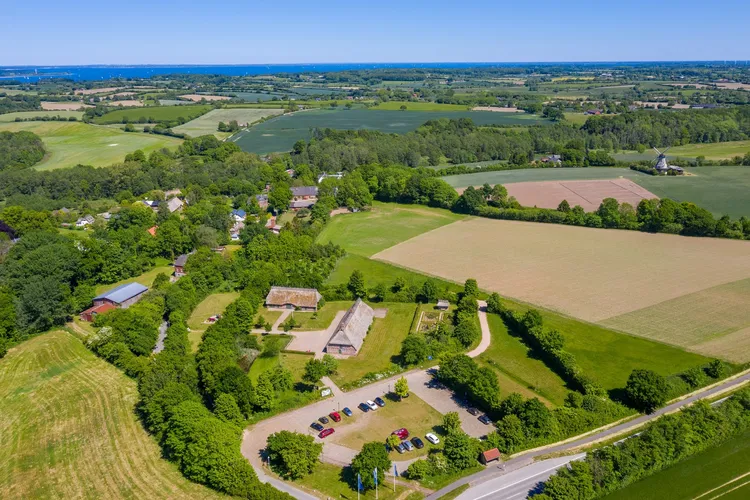
Landschaftsmuseum Angeln Unewatt
UnewattThe museum consists of five "museum islands" or stations that can be visited on a circular route through Unewatt. This unique setup allows visitors to explore different aspects of the region's history and culture at each station.
Landtechnik Museum Gut Steinhof
BrunswickGut Steinhof is a historical manor farm situated in the northern part of Brunswick, specifically in the district of Lehndorf-Watenbüttel. It is conveniently located on Federal Highway 214, making it easily accessible for tourists.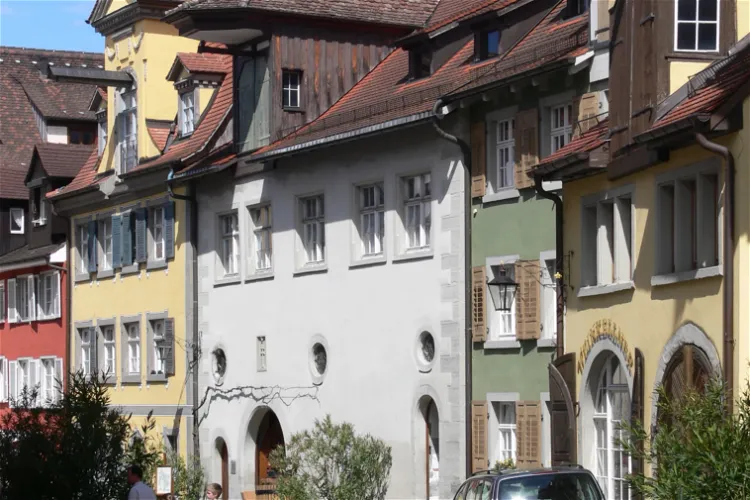
vineum bodensee
MeersburgThe vineum bodensee is a museum located in the city of Meersburg. It is dedicated to the cultural history of wine in Meersburg and the Lake Constance region. The museum provides a comprehensive insight into the wine culture, from the process of wine-making to its significance in the region's history and lifestyle.
Museum Großauheim
HanauThe Museum Großauheim primarily focuses on the industrial history of the region. It also houses significant collections related to the works of Großauheim artists August Gaul and August Peukert. These collections provide a comprehensive understanding of the region's industrial past and its cultural heritage.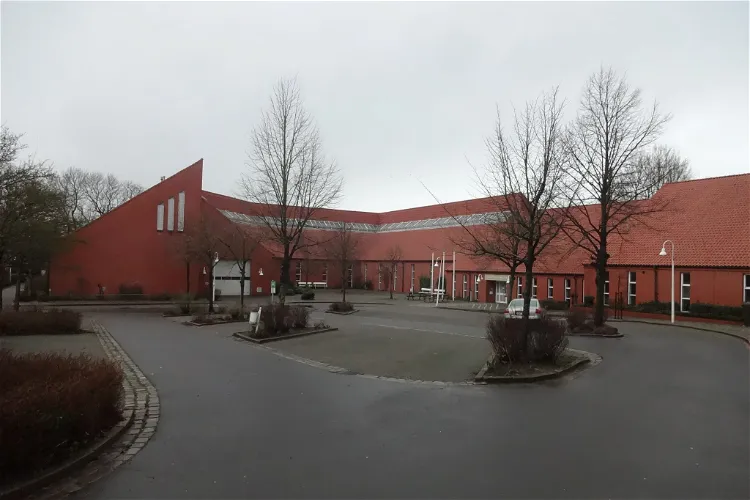
Schleswig-Holsteinisches Landwirtschaftsmuseum
MeldorfThe Schleswig-Holstein Agricultural Museum provides a comprehensive view of the agricultural structural changes that took place from the late 19th century to the mechanization of agriculture. Visitors can gain a deep understanding of the evolution of farming practices and technologies over time. The museum's exhibits include tractors, engines, and historical agricultural machinery, which vividly illustrate the transformation of rural working life from soil cultivation and sowing to harvesting.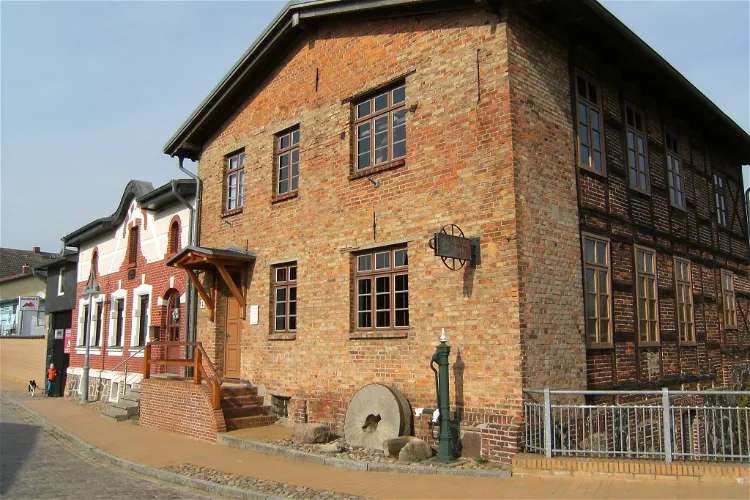
Museum Lassaner Mühle
LassanThe Lassaner Mühle is a 19th-century watermill located in Lassan, Mecklenburg-Vorpommern. Today, it serves as the home of the Museum Lassaner Mühle, offering visitors a glimpse into the region's rich history and heritage.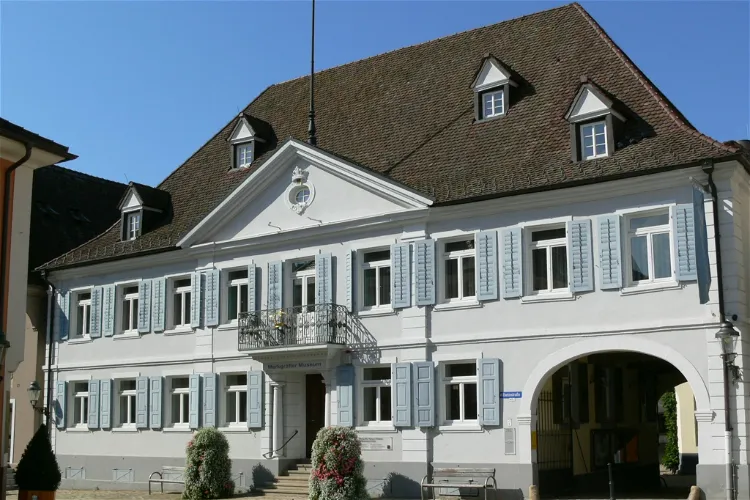
Markgräfler Museum Müllheim
Müllheim im MarkgräflerlandThe Markgräfler Museum is a regional museum located in Müllheim in the Markgräflerland, a city within the district of Breisgau-Hochschwarzwald in Baden-Württemberg, Germany. It is the largest museum between Freiburg im Breisgau and the agglomeration of Basel Lörrach in the tri-border area. The museum has two locations: the Blankenhorn Palace and the Frick Mill.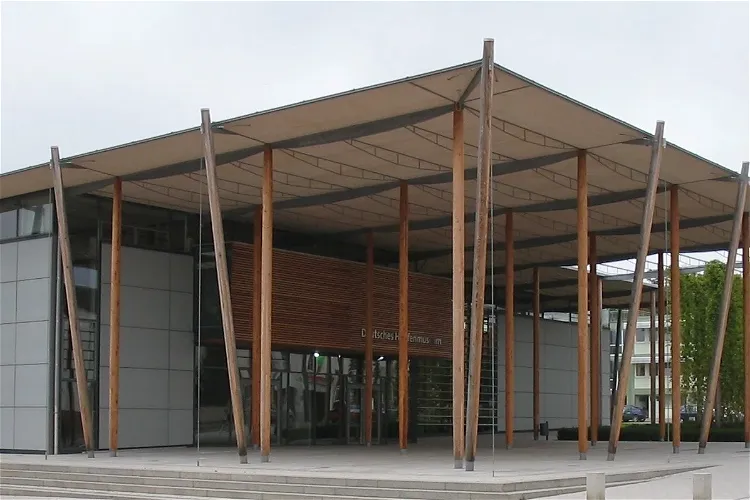
Deutsches Hopfenmuseum
WolnzachThe Deutsches Hopfenmuseum, located in Wolnzach, Hallertau, Bavaria, was established in 2002. The museum was set up by the Förderverein Deutsches Hopfenmuseum on the site of a former fire station. This historical context adds a unique charm to the museum, making it an interesting destination for tourists.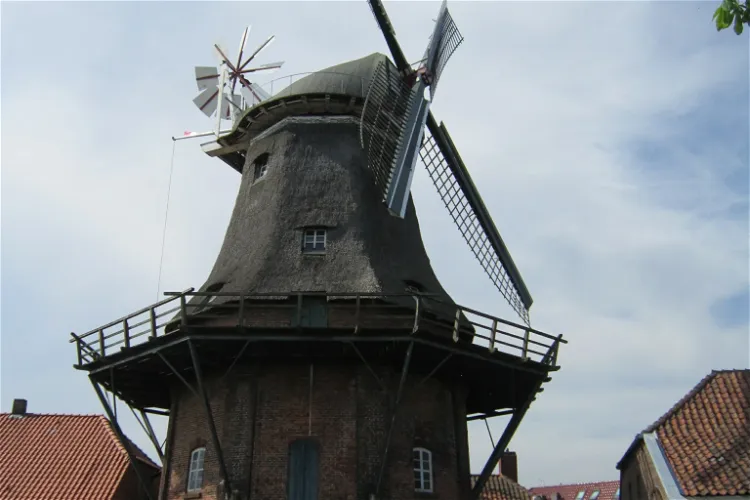
Landwirtschaftsmuseum
JeverThe Schlachtmühle is a significant historical landmark in the Frisian county town of Jever. Constructed in 1847, this gallery Dutch windmill is part of the Frisian Mill Road, a route that connects various windmills in the region. Its central location in Jever, near the old port of the city, makes it easily accessible for tourists.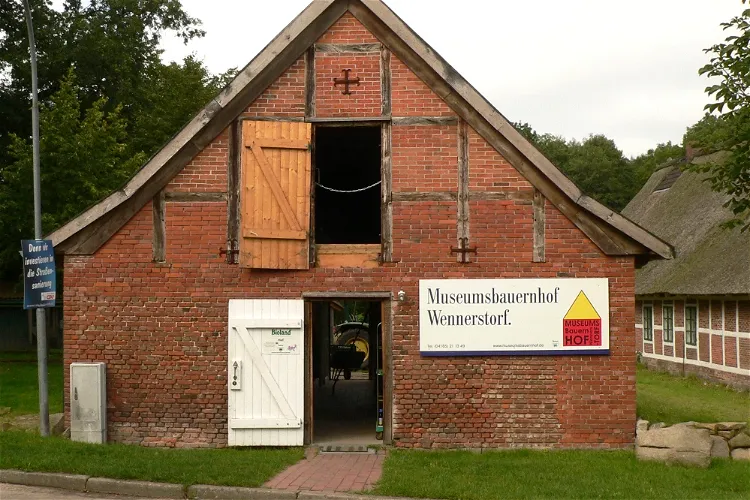
Museumsbauernhof Wennerstorf
WenzendorfThe Museumsbauernhof Wennerstorf is one of the oldest farm complexes in the district, with parts of the main house dating back to the mid-16th century. This historical significance adds to the museum's appeal, offering visitors a glimpse into the past.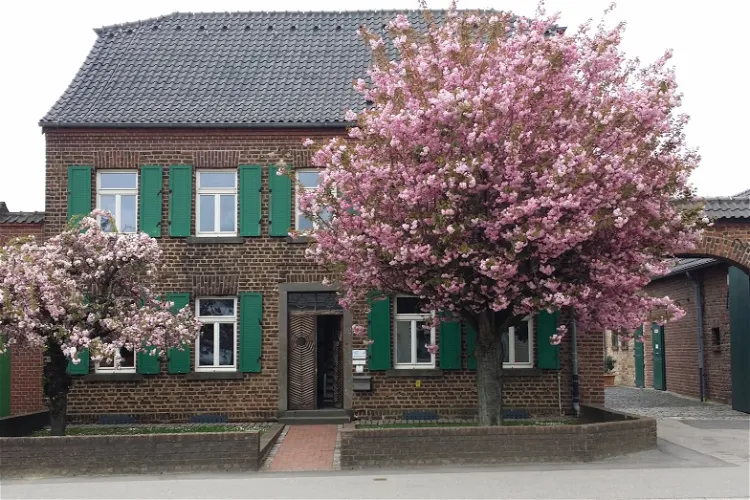
Kulturzentrum Sinsteden
RommerskirchenThe Kulturzentrum Sinsteden is a museum situated in the district of Sinsteden, within the municipality of Rommerskirchen in the Rhine district of Neuss, North Rhine-Westphalia. This location is nestled between the cities of Cologne, Düsseldorf, and Mönchengladbach, making it easily accessible for tourists visiting any of these cities.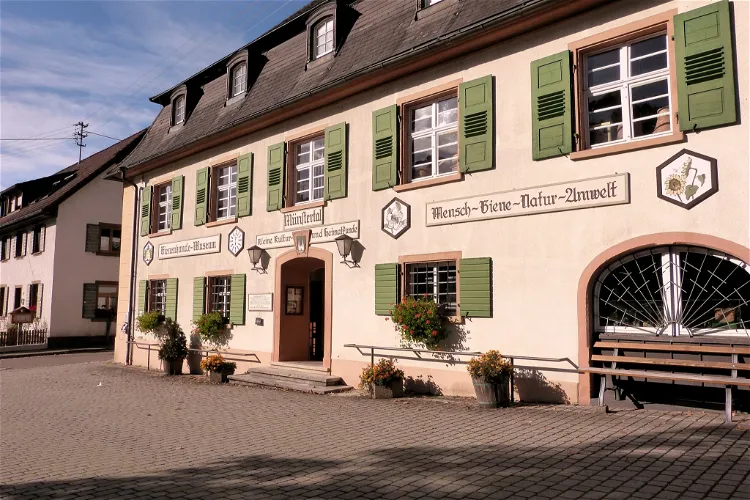
Bienenkundemuseum
SpielwegThe Bienenkundemuseum Münstertal is a unique cultural and local history museum that focuses on the themes of beekeeping and beekeepers. It is situated in the former town hall in the Obertal of Münstertal/Schwarzwald, providing a historical setting for the museum's exhibits.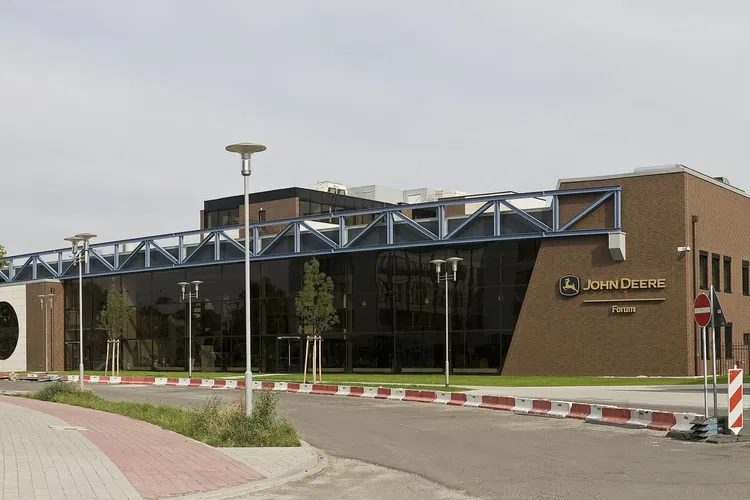
John Deere
MannheimDeere & Company's product range is extensive, covering agricultural, construction, and lawn maintenance equipment. Their agricultural products include tractors, harvesters, balers, seeders, quads, and forestry equipment. In addition, they are a leading provider of construction equipment and lawn maintenance tools such as lawn mowers, trimmers, chainsaws, and snow blowers. This wide array of products showcases the company's versatility and commitment to providing solutions for various industries.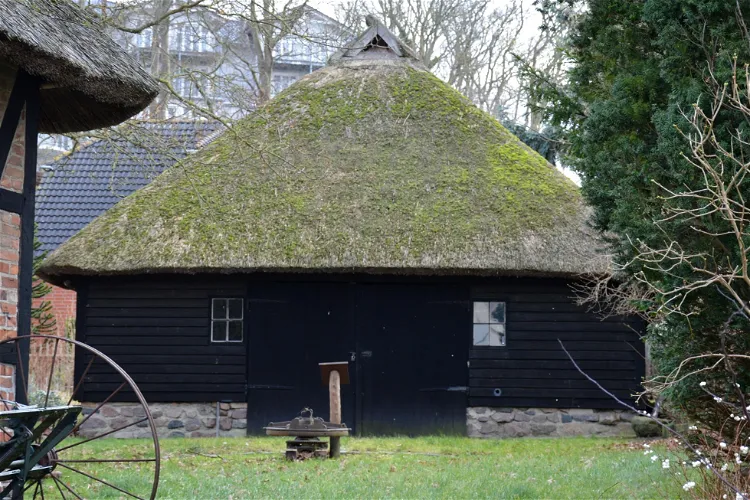
Museumshof Göhren
GöhrenMuseumshof Göhren is an open-air museum situated in the town of Göhren, on the Mönchgut peninsula, which is a part of the island of Rügen. This location offers visitors a unique opportunity to explore the rich history and culture of the region in an immersive outdoor setting.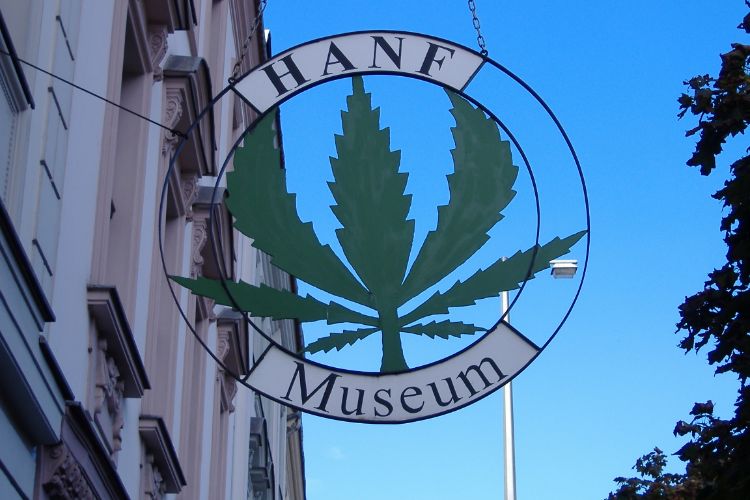
Hemp Museum Berlin
BerlinThe Hemp Museum Berlin (Hanf Museum Berlin) is the only museum in Germany that houses a permanent exhibition on the hemp plant. The exhibition covers approximately 250 m² and depicts everything related to hemp. The harvest and the processing of hemp are described from a historical point of view, in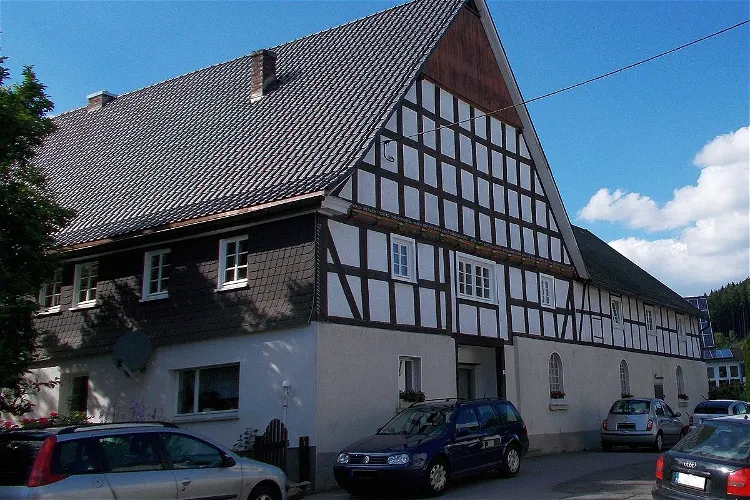
Museum Heimatstube Schönholthausen
FinnentropThe Museum "Heimatstube" Schönholthausen is a local history museum situated in the village of Schönholthausen, which is part of the municipality of Finnentrop in the Olpe district of North Rhine-Westphalia. This museum is a great place to learn about the local history and culture of the region.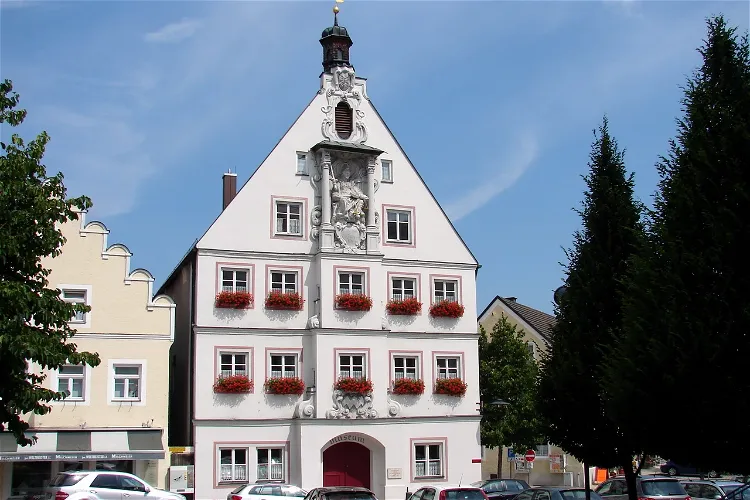
Hallertauer Hopfen- und Heimatmuseum
GeisenfeldThe Hallertauer Hopfen- und Heimatmuseum is a local museum located in Geisenfeld, a town in the Hallertau region of Bavaria. This museum provides a comprehensive overview of the history and culture of the region, making it an interesting destination for those interested in learning more about Bavarian history and culture.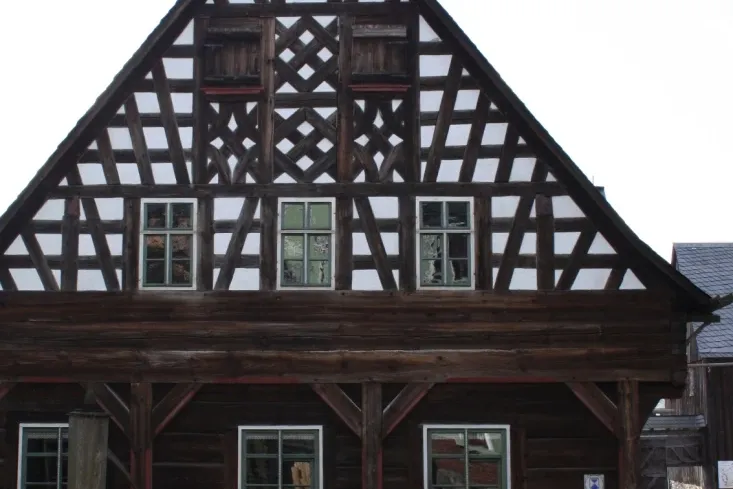
Freilichtmuseum Landwüst
MarkneukirchenThe Vogtländische Freilichtmuseum Landwüst is situated in the district of Landwüst, within the city of Markneukirchen. This location places it in the southernmost tip of the Free State of Saxony, at the tri-border area of Saxony, Bavaria, and the Czech Republic. This geographical positioning makes it an accessible destination for tourists from these regions.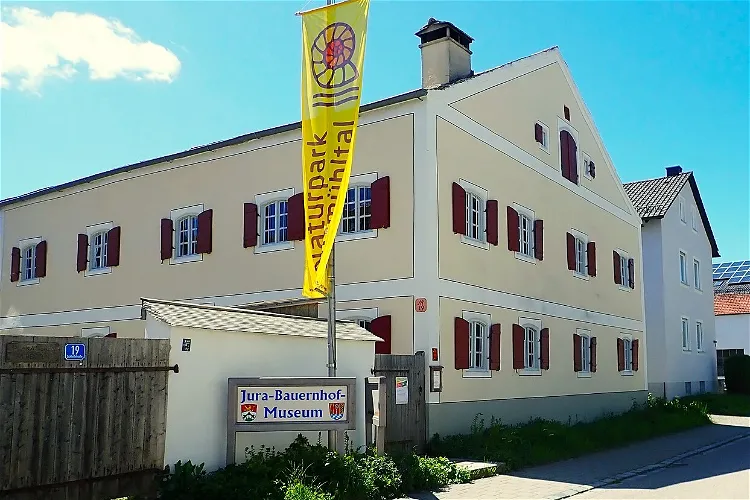
Jura-Bauernhof-Museum
HofstettenThe Jura-Bauernhof-Museum is a farmhouse museum situated in the scenic locale of Hofstetten, within the municipality of Hitzhofen. It is nestled in the Altmühltal Nature Park in Bavaria, offering visitors a unique blend of cultural history and natural beauty.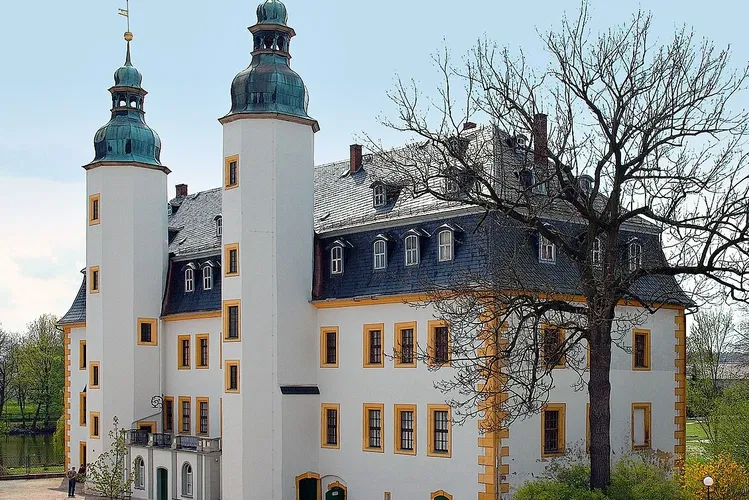
Blankenhain Castle
CrimmitschauBlankenhain Castle, situated near Crimmitschau, is a historical site that was once part of a knight's estate. Today, it houses the German Agricultural Museum, making it a unique museum complex in Germany. This combination of history and agriculture provides a fascinating insight into the country's past and its agricultural practices.
Bauernmuseum Selfkant
SelfkantThe Bauernmuseum Selfkant comprises a bakehouse and a 2000 m² hall. The museum's collection includes 20 historical tractors and a variety of everyday farming objects. These exhibits provide a glimpse into the agricultural past and offer an educational experience for visitors of all ages.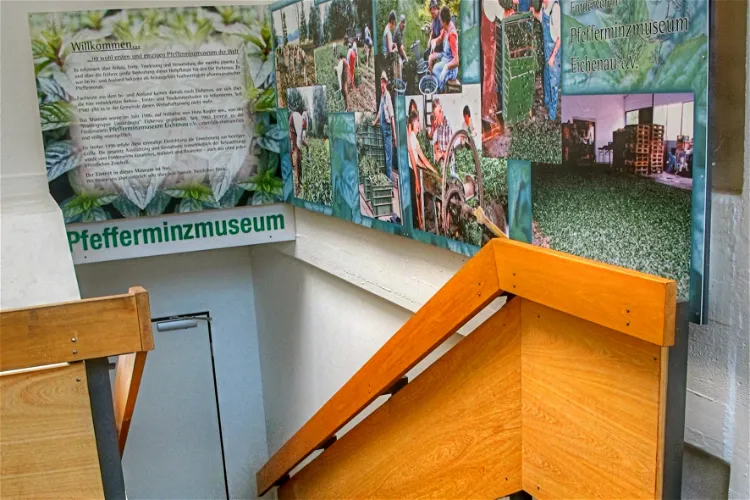
Pfefferminzmuseum Eichenau
EichenauThe Pfefferminzmuseum Eichenau, the only Peppermint Museum in Germany, is situated in the municipality of Eichenau near Munich. It is housed in the premises of the former municipal library, located in the eastern part of the district of Fürstenfeldbruck. This unique museum offers a deep dive into the world of peppermint, its cultivation, and its history.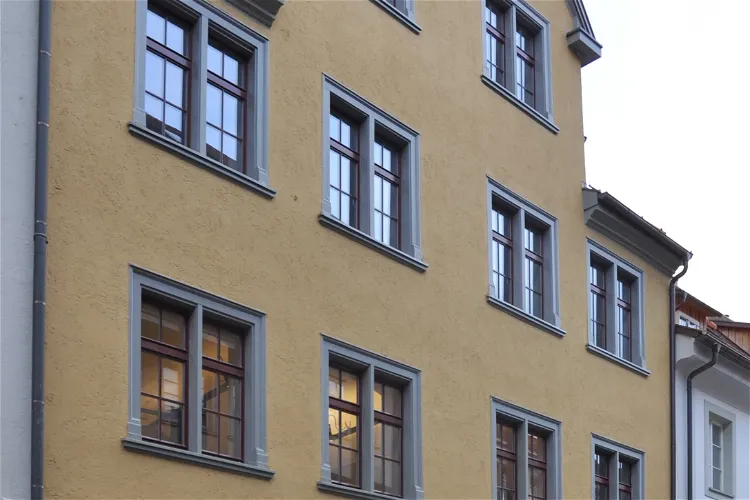
Wirtschaftsmuseum Ravensburg
RavensburgThe Wirtschaftsmuseum Ravensburg is a unique institution that focuses on the economic and social history of the 19th and 20th centuries in the Ravensburg district. It provides a comprehensive overview of the region's development during these periods, making it an interesting destination for those interested in history and economics.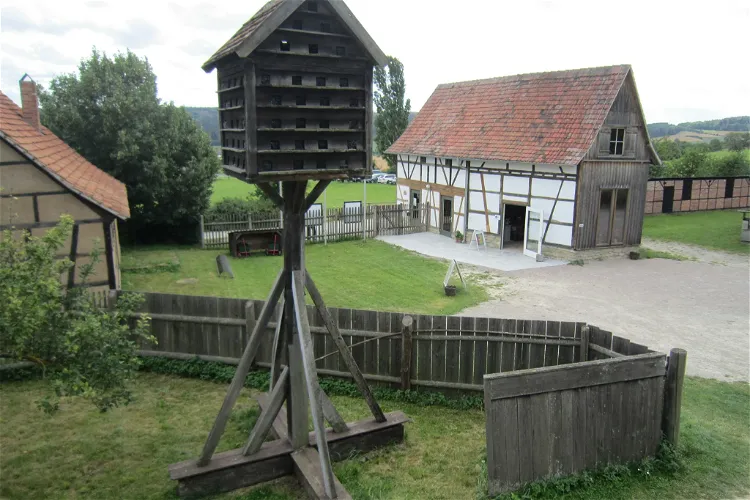
Thüringer Freilichtmuseum Hohenfelden
HohenfeldenThe Thüringer Freilichtmuseum Hohenfelden, founded in 1979, serves as an open-air museum showcasing rural buildings from the Central Thuringia region in Hohenfelden. This museum was established to preserve and exhibit the architectural heritage of the region, providing a unique insight into the rural life of the past.
Museum für Landtechnik und Landarbeit
BörryThe Museum für Landtechnik und Landarbeit, located in Börry in the municipality of Emmerthal in Lower Saxony, is an open-air museum that offers a unique glimpse into the past. It showcases historical agricultural machinery and former farming tools from the Hameln-Pyrmont district. This museum provides a fascinating insight into the evolution of farming and agricultural practices over the years.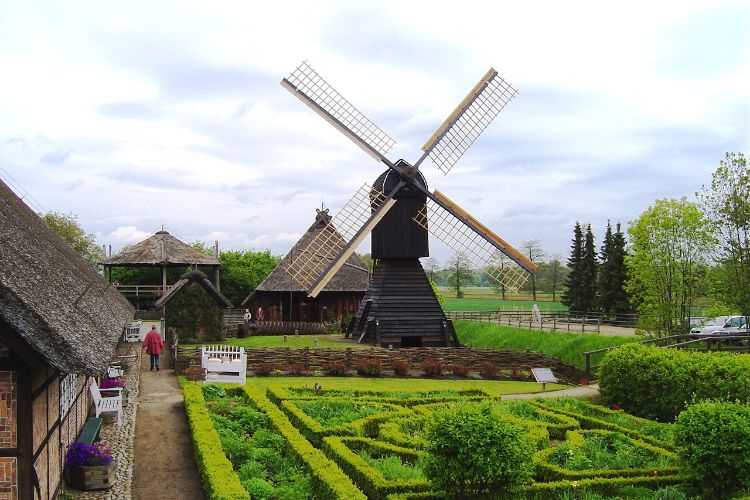
Rieck-Haus
HamburgThe Hufnerhaus from 1533, named after the Rieck family of farmers, is one of the oldest preserved half-timbered houses in northern Germany. This open-air museum tells the story of its five hundred years culture and history. The museum focuses on showing peasant life in the Vierlanden before the Indu
Bauernmuseum Schlepzig
SchlepzigThe Bauernmuseum Schlepzig is a museum located in Schlepzig, Brandenburg, dedicated to the history of agriculture in the Spreewald region. It provides a comprehensive insight into the agricultural practices and lifestyle of the Spreewald farmers during the 19th and 20th centuries.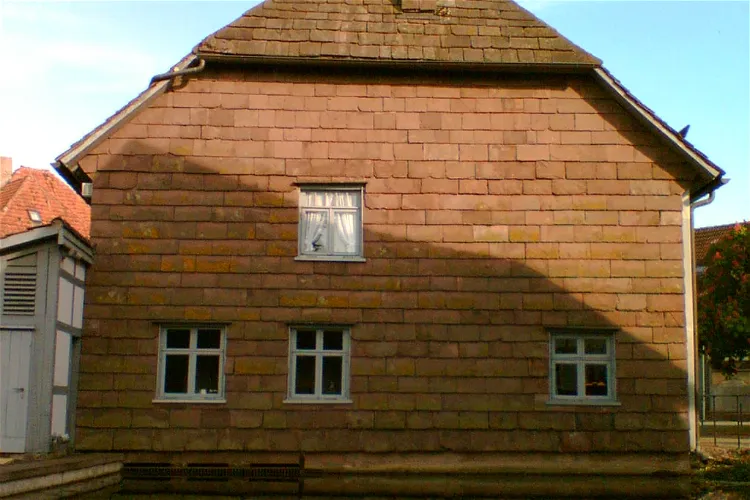
Blankschmiede Neimke
DasselThe Blankschmiede Neimke in Dassel is a unique museum that combines technology and agriculture. It houses a water-powered hammer forge, providing visitors with a glimpse into the past. This museum is a cultural monument and offers an interesting insight into the historical techniques of forging.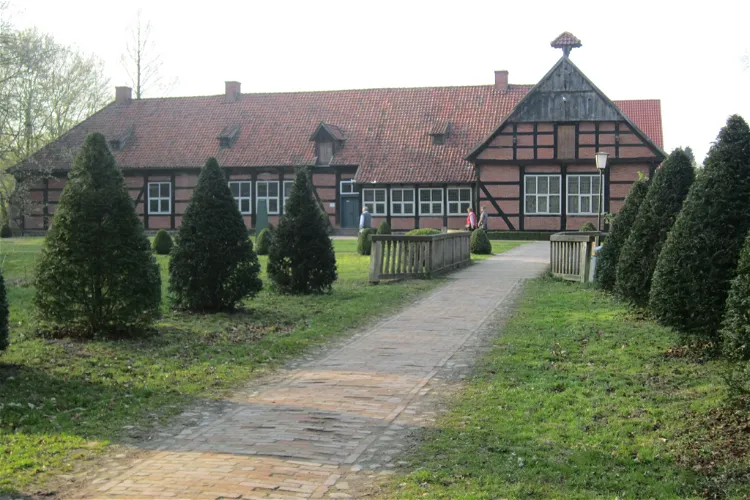
Museumsdorf Cloppenburg
CloppenburgMuseumsdorf Cloppenburg is an open-air museum situated in the German city of Cloppenburg. It is approximately 100 km northeast of the Dutch border in Twente, making it easily accessible for tourists from the Netherlands. The museum spans an impressive 20 hectares, providing ample space for exploration and discovery.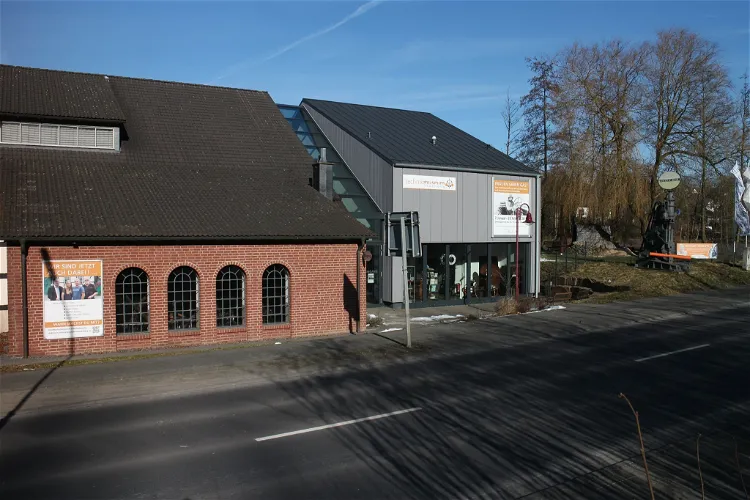
Technikmuseum Freudenberg
FreudenbergThe Technikmuseum Freudenberg, located in the Büschergrund district, is an exhibition that showcases a variety of machines and technical devices. This museum provides a comprehensive overview of the world of work and the history of technology.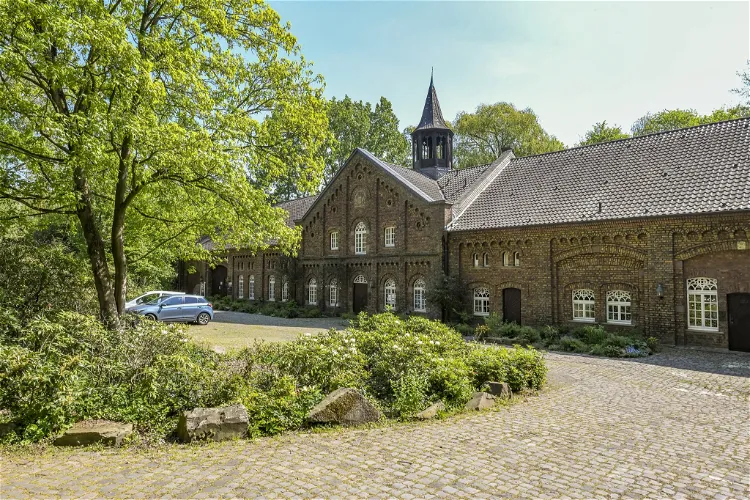
Museum der Stadt Lünen
LünenThe Museum der Stadt Lünen is a city institution located in Lünen, North Rhine-Westphalia, Germany. It displays its collections in over 500 square meters in the former economic building of Schwansbell Castle. The museum offers a wide range of exhibits, including five living rooms from the period between 1840 and 1930, a cast iron collection, a toy and doll collection, a ceramics department, and agricultural and craft tools.
Weinbau Museum
StuttgartThe Weinbaumuseum Stuttgart is a museum that shows an exhibition on historic and modern viticulture in Stuttgart. The musuem aims to present the regional characteristics of wine production. The museum belongs to the state capital Stuttgart and is housed in a half-timbered house that was built in 190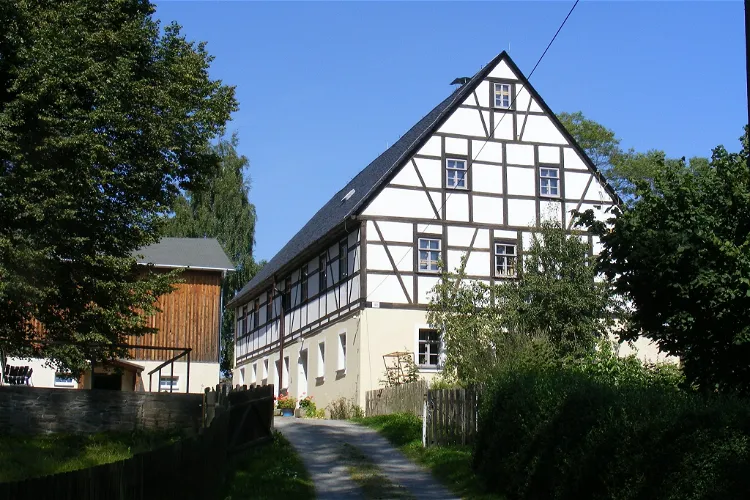
Dorfmuseum Gahlenz
OederanThe Dorfmuseum Gahlenz is a monument-protected three-sided courtyard located in the district of Gahlenz in the small Saxon town of Oederan. This unique architectural structure adds to the historical charm of the museum, making it a fascinating destination for tourists interested in history and architecture.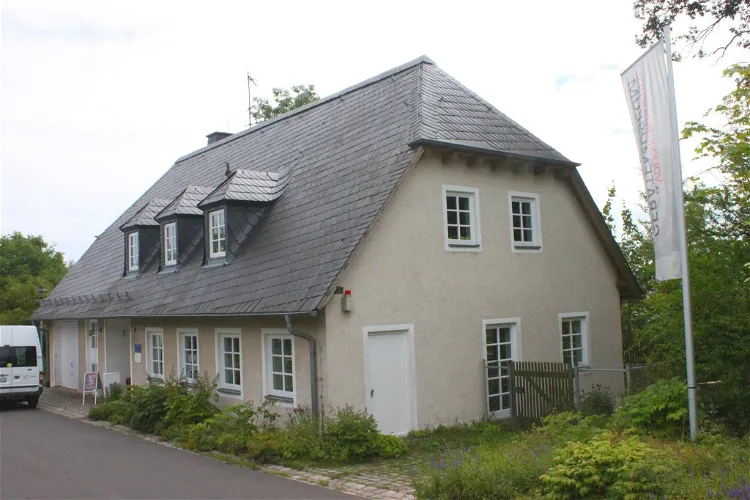
Volkskundliches Gerätemuseum Bergnersreuth
ArzbergThe Volkskundliche Gerätemuseum Bergnersreuth is an open-air museum situated in Bergnersreuth, a part of Arzberg in the Upper Franconian district of Wunsiedel in the Fichtelgebirge. This location offers a unique cultural experience, allowing visitors to immerse themselves in the local history and traditions of the region.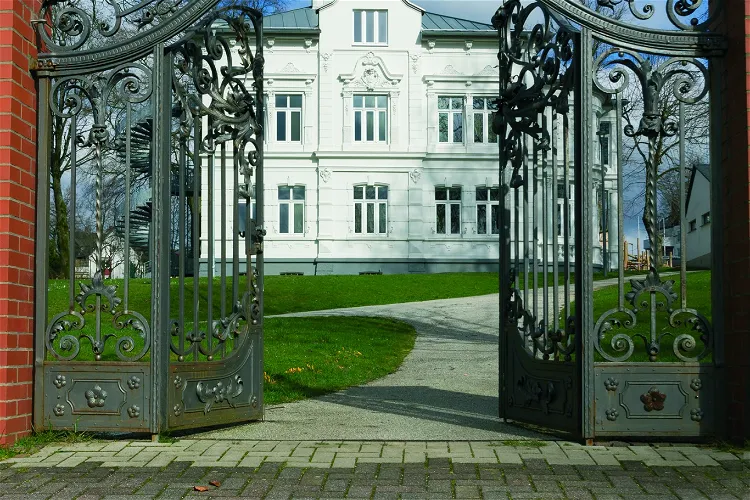
Regionalmuseum Villa Wippermann
HalverVilla Wippermann, located in Halver, is a former residential building that has been transformed into a cultural venue. It is now home to the Regional Museum 'Oben an der Volme'. This historic building offers a unique insight into the region's past and is a significant cultural hub in the area.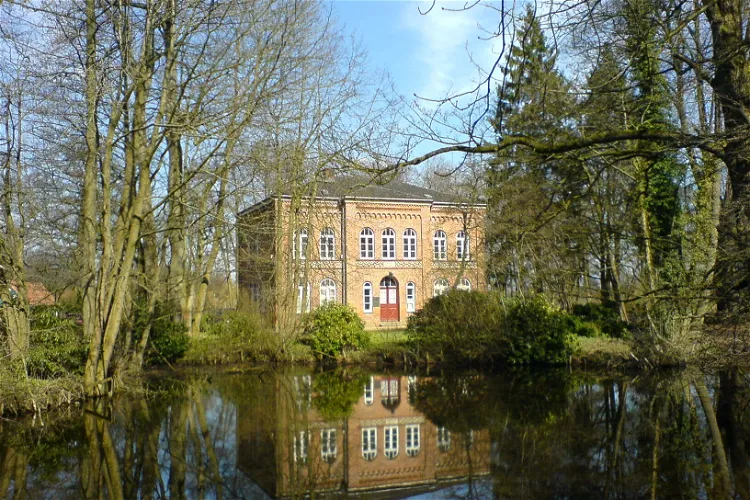
Museum der Grafschaft Rantzau
BarmstedtThe Museum der Grafschaft Rantzau is situated on the Barmstedter Schlossinsel in Barmstedt, a town in southern Schleswig-Holstein. This location provides a scenic setting for the museum, making it an appealing destination for tourists interested in history and culture.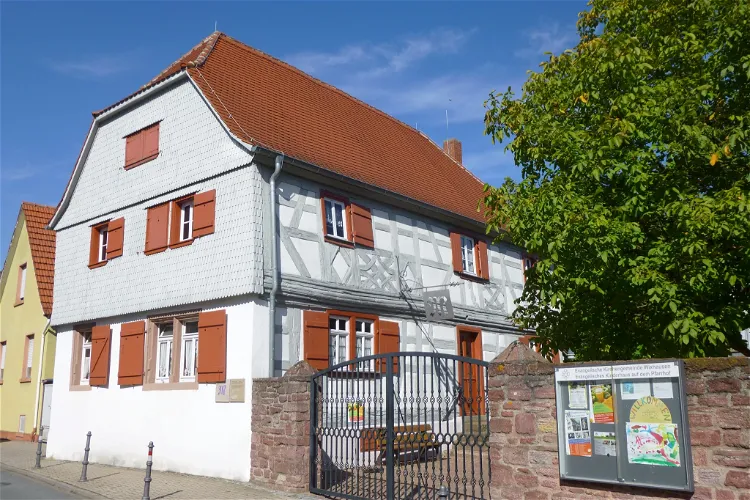
Dorfmuseum
DarmstadtThe Wixhäuser Dorfmuseum, located in Darmstadt-Wixhausen, is housed in a fully restored Franconian half-timbered house. This building has a rich history, dating back to a medieval saddle yard. After the destructions of the Thirty Years' War, the building was rebuilt in 1662 using the ornamental half-timbering of another house. The two-story half-timbered house with a solid ground floor has a hipped roof covered with beaver tails.- 86
Farmhouse Museum of the district Erding
ErdingThe Farmhouse Museum of the district Erding is dedicated to showcasing the historical rural economy and lifestyle of the district Erding in Upper Bavaria. It provides a unique insight into the past, allowing visitors to understand the agricultural practices and living conditions of the 19th and early 20th centuries. 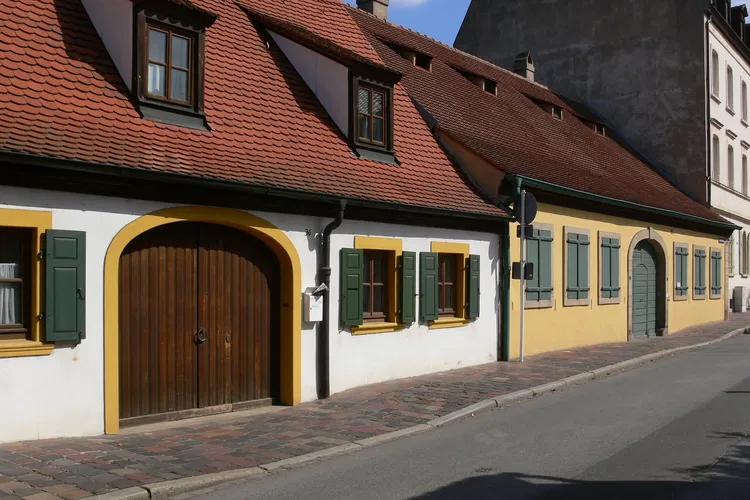
Gärtner- und Häckermuseum
BambergThe Gärtner- und Häckermuseum, which was inaugurated in 1979, is a museum that focuses on the history and culture of the gardeners and winemakers of Bamberg. It provides a unique insight into the traditions and practices of these two important professions in the region.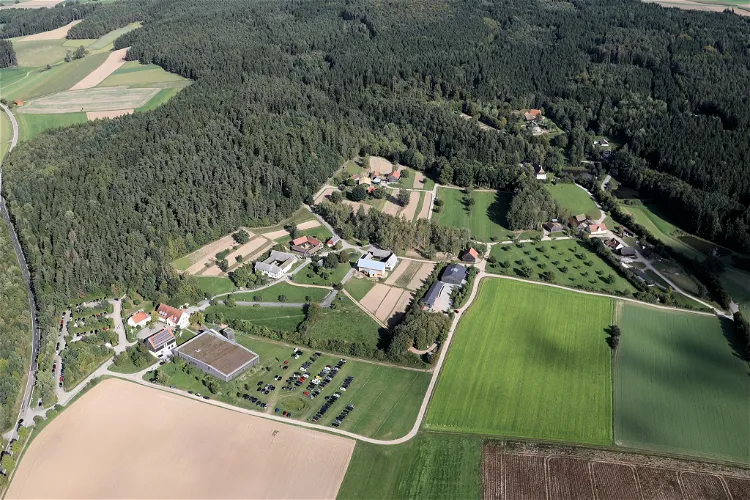
Freilandmuseum Oberpfalz
NabburgThe Freilandmuseum Oberpfalz is a museum that provides a glimpse into the life and living conditions of people in Oberpfalz over the past centuries. Located near the city of Nabburg, the museum is easily accessible from Hof, Regensburg, and Munich via the A 93, and from Nuremberg via the A 6 and B 85. The museum's exhibits are spread across several installations, each representing different regions of Oberpfalz.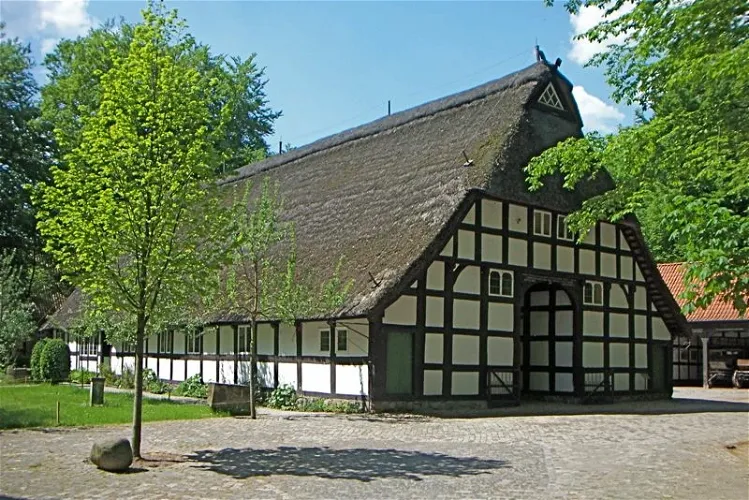
Kreismuseum Syke
SykeThe Kreismuseum Syke is a regional and open-air museum situated in the town of Syke. It is under the sponsorship of the Diepholz district. This museum is a significant cultural institution in the region, offering a wide range of exhibits and activities that provide insights into the local history and culture.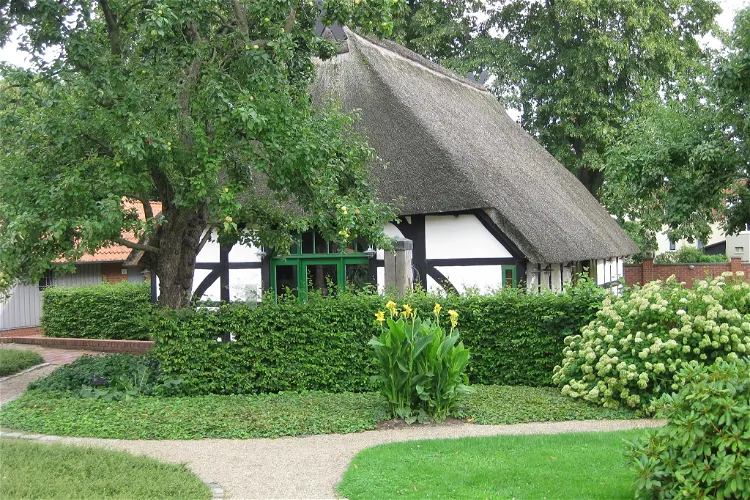
Niedersächsisches Spargelmuseum
Nienburg/WeserThe Niedersächsische Spargelmuseum provides comprehensive information about the entire process of asparagus production, from cultivation and harvest to processing, distribution, and marketing. This offers visitors a unique opportunity to gain a deep understanding of the asparagus industry and its significance in the region.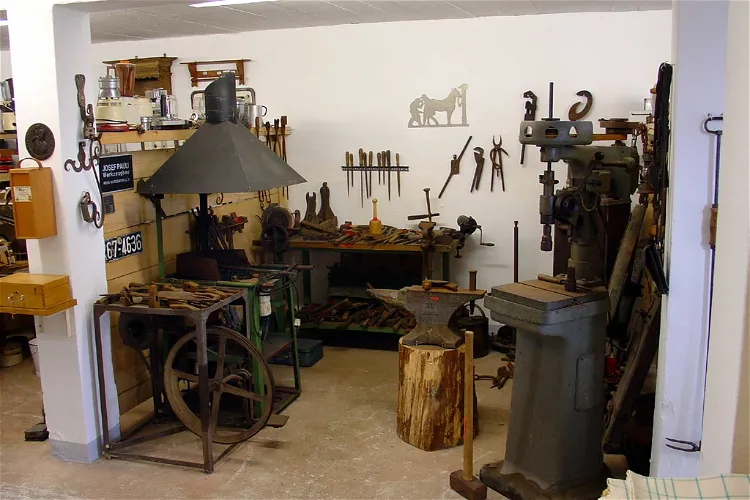
Heimatmuseum Marienfeld
HarsewinkelThe Heimatmuseum Marienfeld is a local history museum situated on the Schürmann farm in Marienfeld, North Rhine-Westphalia. This museum offers a unique insight into the region's history and culture, showcasing a variety of traditional tools and agricultural equipment that were commonly used in the eastern Münsterland area.
Heimatmuseum Waltrop
WaltropThe Heimatmuseum Waltrop, a museum dedicated to the local history of Waltrop, has been situated in the Riphaushof since 1996. This location provides a unique setting for the museum, which showcases the rich history of the area.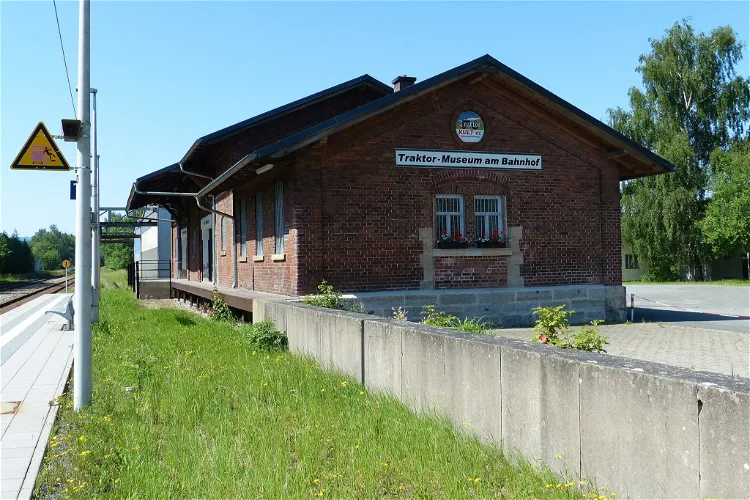
Traktor Museum am Bahnhof
Schwarzenbach a.d.SaaleThe Traktor Museum am Bahnhof in Schwarzenbach an der Saale is a unique destination for those interested in historical machinery. Since 2008, the museum has been home to a collection of around 100 historical tractors from the 1930s to the 1960s. In addition to these full-sized machines, the museum also boasts a collection of over 1000 miniature models.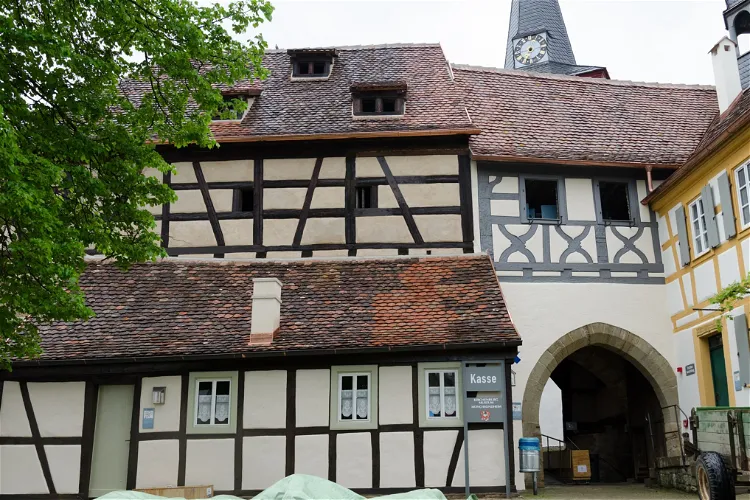
Freilandmuseum Kirchenburg Mönchsondheim
IphofenThe Kirchenburg Museum is an open-air museum situated in the charming town of Mönchsondheim, nestled in the southeastern part of the Kitzingen district in the Steigerwald foothills. This location offers a unique blend of cultural heritage and natural beauty, making it an ideal destination for those interested in history, architecture, and nature.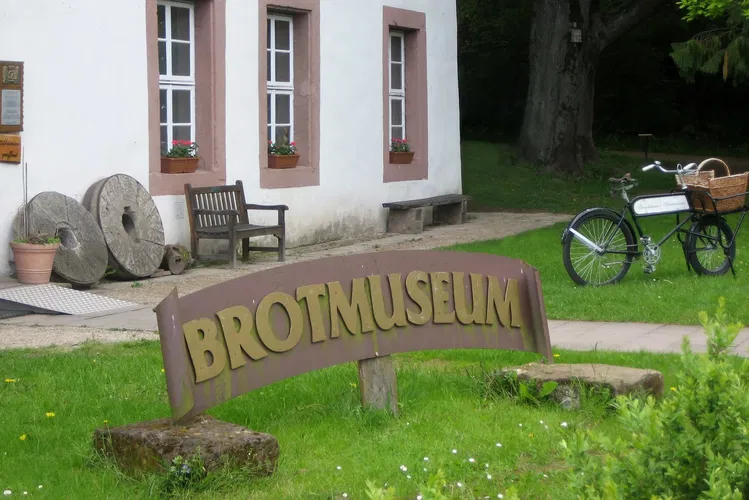
European Bread Museum
EbergötzenThe European Bread Museum in Ebergötzen is a unique institution that showcases a cultural-historical collection centered around the theme 'From Grain to Bread'. This museum provides an in-depth look into the history and significance of bread in various cultures, making it an interesting destination for those interested in food history and culture.
Heimatmuseum Moringen
MoringenThe Heimatmuseum Moringen is a local history museum situated in the town of Moringen, within the district of Northeim in Lower Saxony, Germany. This museum is a great place to learn about the local history and culture of the region.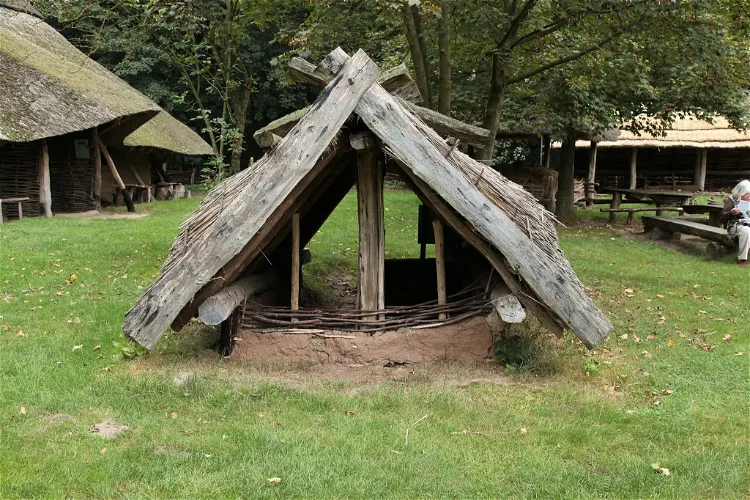
Freilichtmuseum Sachsenhof
GrevenThe Freilichtmuseum Sachsenhof in Greven -Pentrup is a unique attraction that offers a glimpse into the past. It is a reconstruction of a 1200-year-old early medieval Saxon farmstead. The museum showcases attempts to cultivate crops and wild herbs from that era, providing a fascinating insight into the agricultural practices of the time.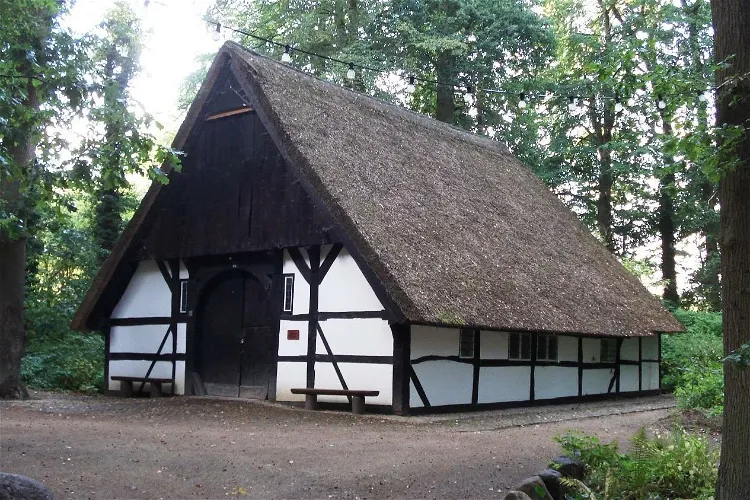
Tews-Kate
MalenteThe Tews-Kate in Malente, located in the region of Schleswig-Holstein, holds the distinction of being the oldest smokehouse in Ostholstein. It is nestled within a forest in the northwest part of Malente, offering a unique blend of history and natural beauty.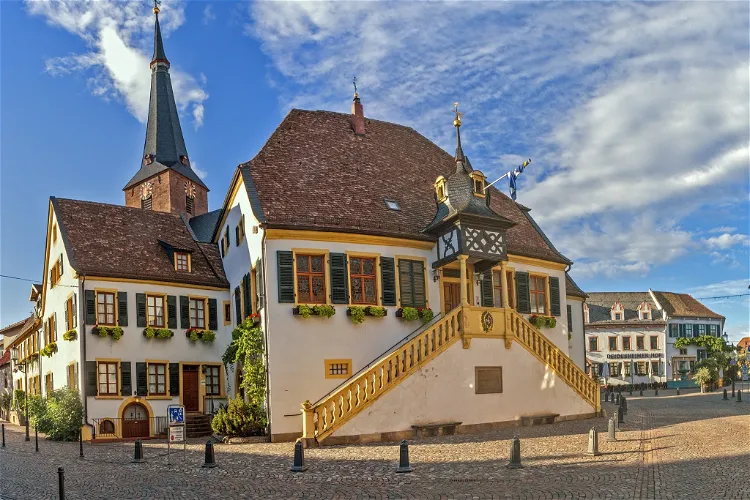
Museum of Wine Culture
DeidesheimThe Museum of Wine Culture in Deidesheim is a unique destination that offers a comprehensive look at the influence of wine and viticulture on various societal sectors. Visitors can explore exhibits that document the impact of wine on religion, art, economy, medicine, and politics. This provides a fascinating insight into the multifaceted role of wine in society throughout history.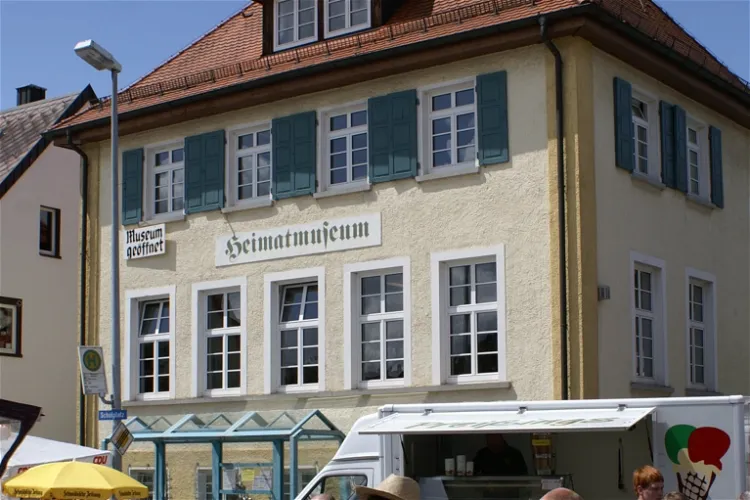
Heimatmuseum Nellingen
NellingenThe Heimatmuseum Nellingen houses a variety of historical agricultural tools, providing visitors with an insight into the former craft professions. The collection includes a grain depositor, a small threshing machine, a wooden plow, and a tipping cart, among other items. This offers a unique opportunity to understand the agricultural and craft practices of the past.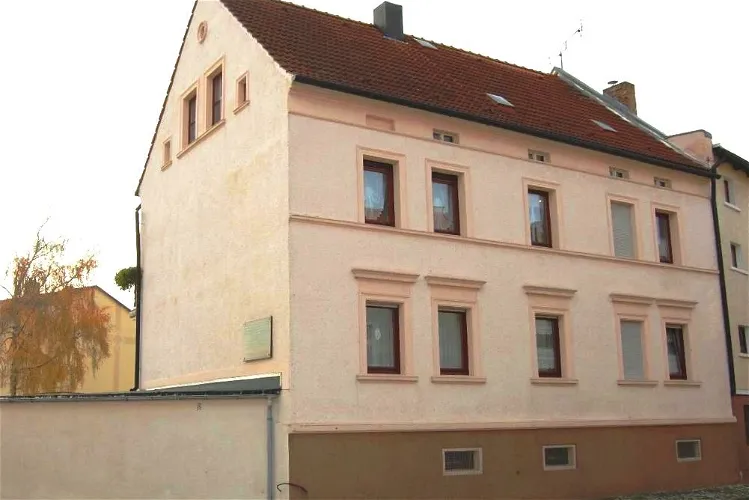
Museum für Bodenschätzung
EickendorfThe Museum für Bodenschätzung is a unique institution located in Eickendorf, a part of the Magdeburger Börde region. This small museum offers a unique perspective on the history of soil assessment, a field that deals with the evaluation of arable and grassland, and the history of the calculation bases for property tax.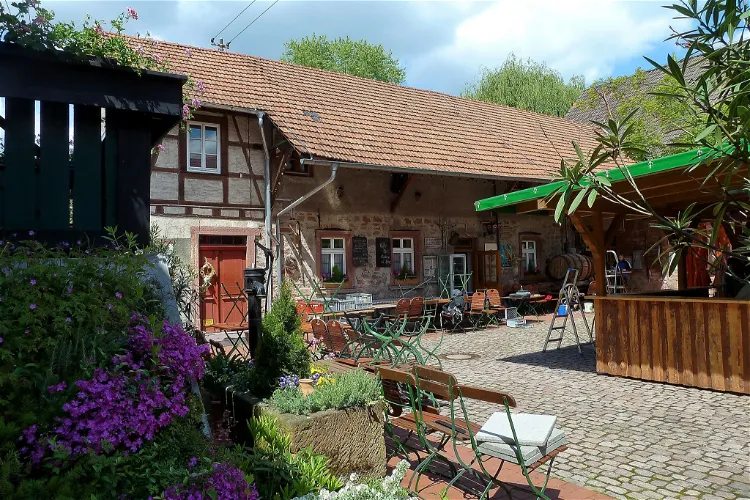
Gruberhof
Groß-UmstadtGruberhof, an old farmstead, has been serving as a museum and cultural center of the city of Groß-Umstadt since 1987. It offers a unique collection of regional significance, covering agriculture, crafts, and history. The museum is not only a place for historical lectures, traditional festivals, and cultural events but also a city, homeland, and farm museum with various craft departments. A large part of it is designed as an open-air museum.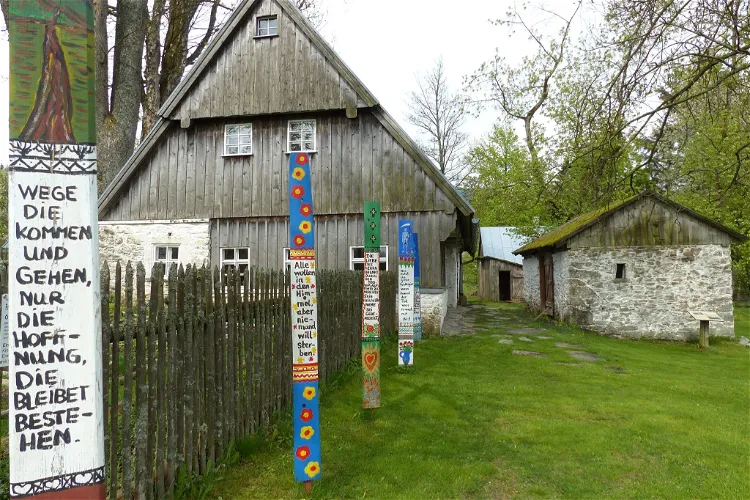
Freilandmuseum Grassemann
GrassemannThe Freilandmuseum Grassemann serves as an information center for the Fichtelgebirge Nature Park and is an open-air museum located in Grassemann, a district of the Upper Franconian municipality of Warmensteinach. This location offers visitors a unique opportunity to learn about the region's natural environment and cultural history.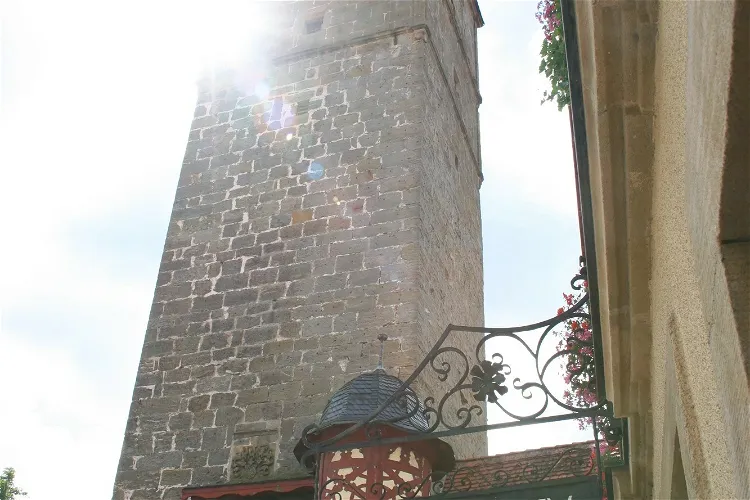
Heimatmuseum Ebern
EbernThe Heimatmuseum Ebern, situated at the Grauturm, is a local history museum in Ebern. It was established in 1965 by the Ebern Citizens' Association. The museum is housed in a former savings bank building provided by the city of Ebern, next to the 'Grauturm'.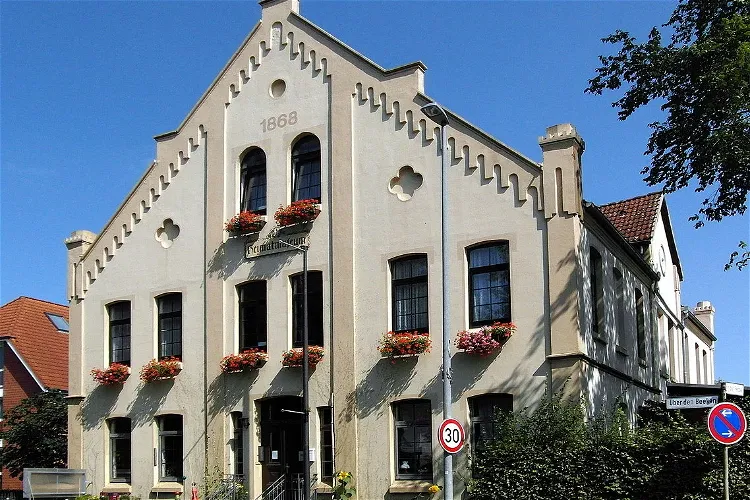
Heimatmuseum Rodenberg
RodenbergThe Heimatmuseum Ronnenberg is a local history museum situated in the city of Ronnenberg, in the Hanover region of Lower Saxony. This museum offers a deep dive into the history and culture of the region, making it an interesting destination for those who wish to understand the local heritage.
Das Kartoffelmuseum
MunichDas Kartoffelmuseum is the potato museum in Munich which is one of the more unusual places in the city. The museum covers all aspects of the vegetable, including art, history and its rise to fame.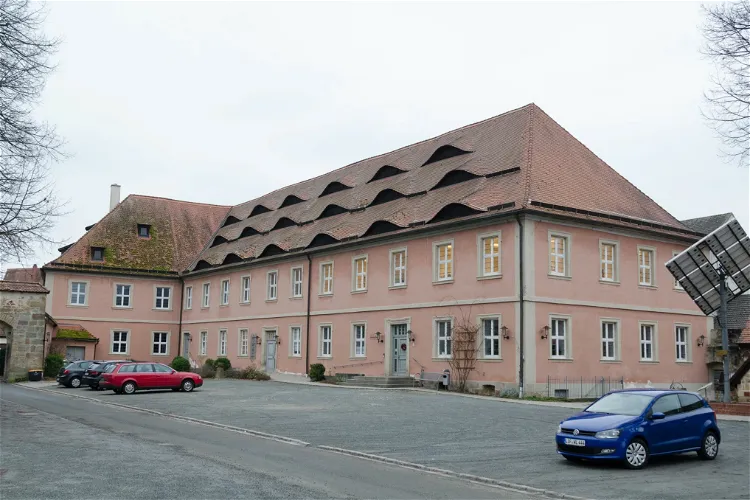
Nordjura Museum
WeismainThe NordJURA Museum is situated in the Franconian city of Weismain, within the Lichtenfels district. This location is steeped in history and culture, making it an interesting destination for tourists who are keen on exploring the rich heritage of the region.- 108
Landarbeitermuseum Suurhusen
SuurhusenThe Landarbeitermuseum Suurhusen is located in a building that was constructed around the year 1679. This historical building is situated in the town of Suurhusen, which is part of the East Frisian municipality of Hinte. The museum provides a unique opportunity to explore the rich history of the region and the lives of its people. - 109
Heimatmuseum Wilsdruff
WilsdruffThe Heimatmuseum Wilsdruff, which was once known as the Heimatsammlung Wilsdruff, was established by Artur Kühne and Alfred Ranft. This local and natural history collection was opened to the public in 1919. The museum has been housed in the ground floor of the current Oberschule am Gezinge in Wilsdruff since its inception. - 110
Oberrheinisches Tabakmuseum
OrschweierThe Oberrheinische Tabakmuseum Mahlberg, founded in 1992, is situated in the town of Mahlberg in the Baden-Württemberg region of Germany. This museum offers a unique insight into the cultural history of tobacco, a crop that once held significant economic importance in the region. - 111
Uns lütt Museum
DargunThe Uns lütt Museum, also known as the Heimatmuseum Dargun, is located in the former guesthouse of a monastery in Dargun, Mecklenburg-Vorpommern. The address is Schloss 13 / Klosterdamm 6. This historical building, which dates back to the 14th century, has been repurposed to house a museum that showcases the local history and culture. - 112
Kuriositäten- und Raritätenmuseum
LindlarThe LVR Open Air Museum Lindlar, located near Lindlar, is one of the two open-air museums run by the Rhineland Landscape Association. Having opened its doors in 1998, it is considered one of the most recent and modern facilities of this museum type in Germany. The museum offers a unique insight into the rural everyday life in the Bergisches Land over the past centuries. - 113
Imkereimuseum - Imkerverein Rheine e.V.
RheineBeekeeping museums, also known as Imkereimuseum or Bienenmuseum, are found worldwide and are dedicated to showcasing the historical development of beekeeping and honey production. These museums provide a unique insight into the evolution of this ancient practice, from its earliest beginnings to the modern techniques used today. Visitors can learn about the intricate process of honey production, the role of bees in our ecosystem, and the various tools and techniques used by beekeepers throughout history. - 114
Schlepper- und Geräte Museum Altenberge e.V.
AltenbergeThe Schlepper- und Geräte Museum in Altenberge is dedicated to the history of agriculture in Westphalia, with a particular focus on the tools and machines that were used. This provides a unique insight into the evolution of farming practices in the region, making it an interesting destination for those interested in history, agriculture, or machinery. - 115
Krone Museum
SpelleThe Krone Museum, located in Spelle in the Emsland district of Lower Saxony, is a unique destination that showcases a wide range of agricultural machinery. It also provides an in-depth look into the history of the Bernard Krone machine factory, which was established in 1906 and has since grown into a global operation. This museum offers a fascinating insight into the evolution of agricultural machinery and the growth of a successful company.